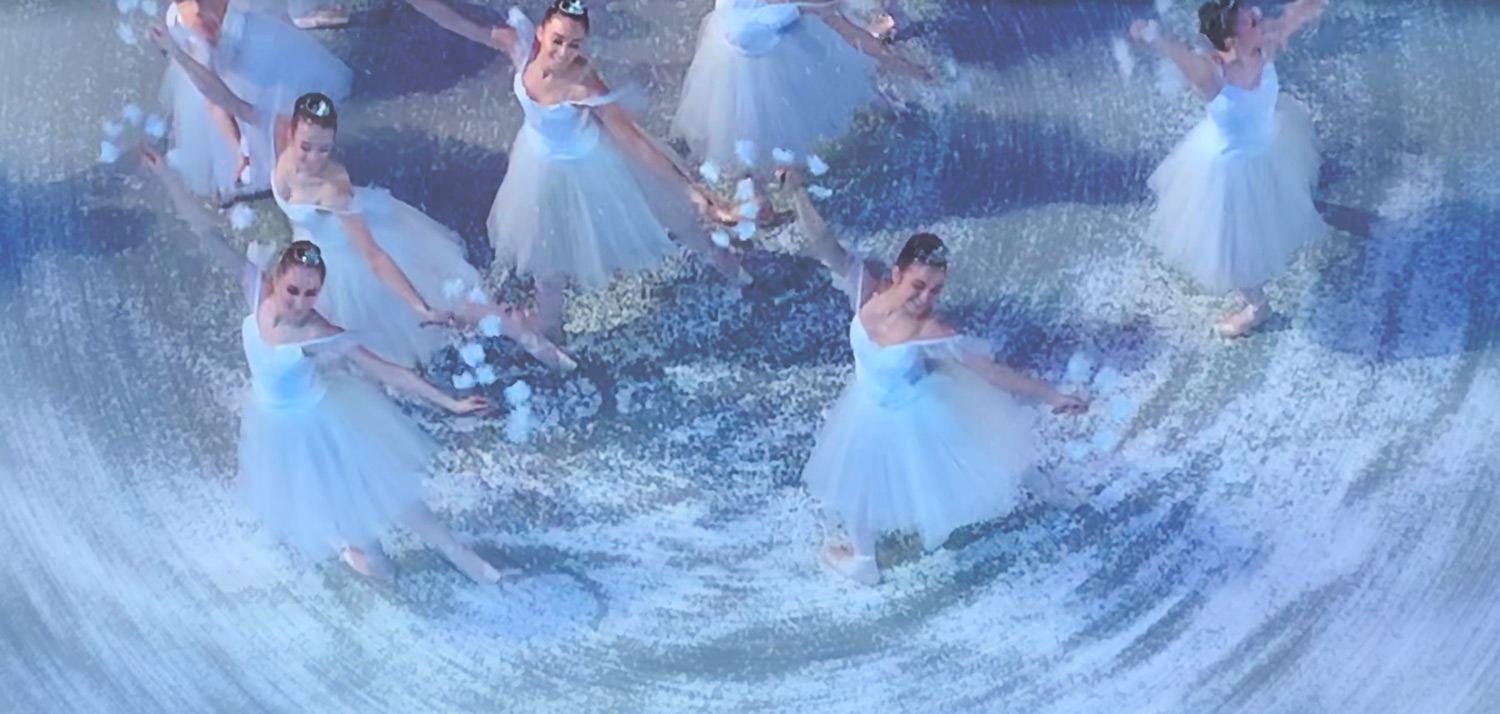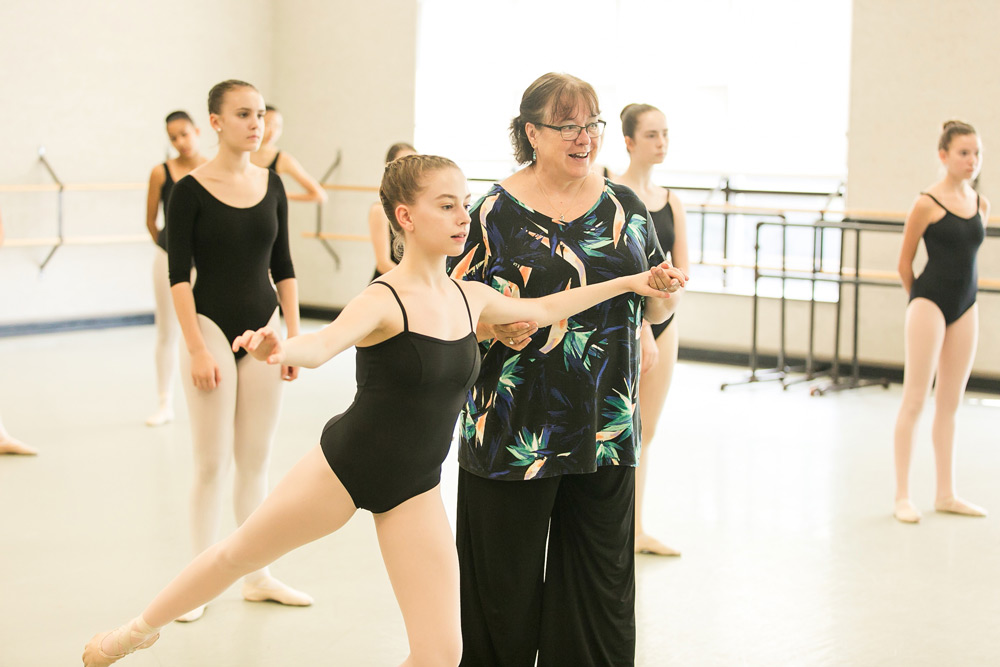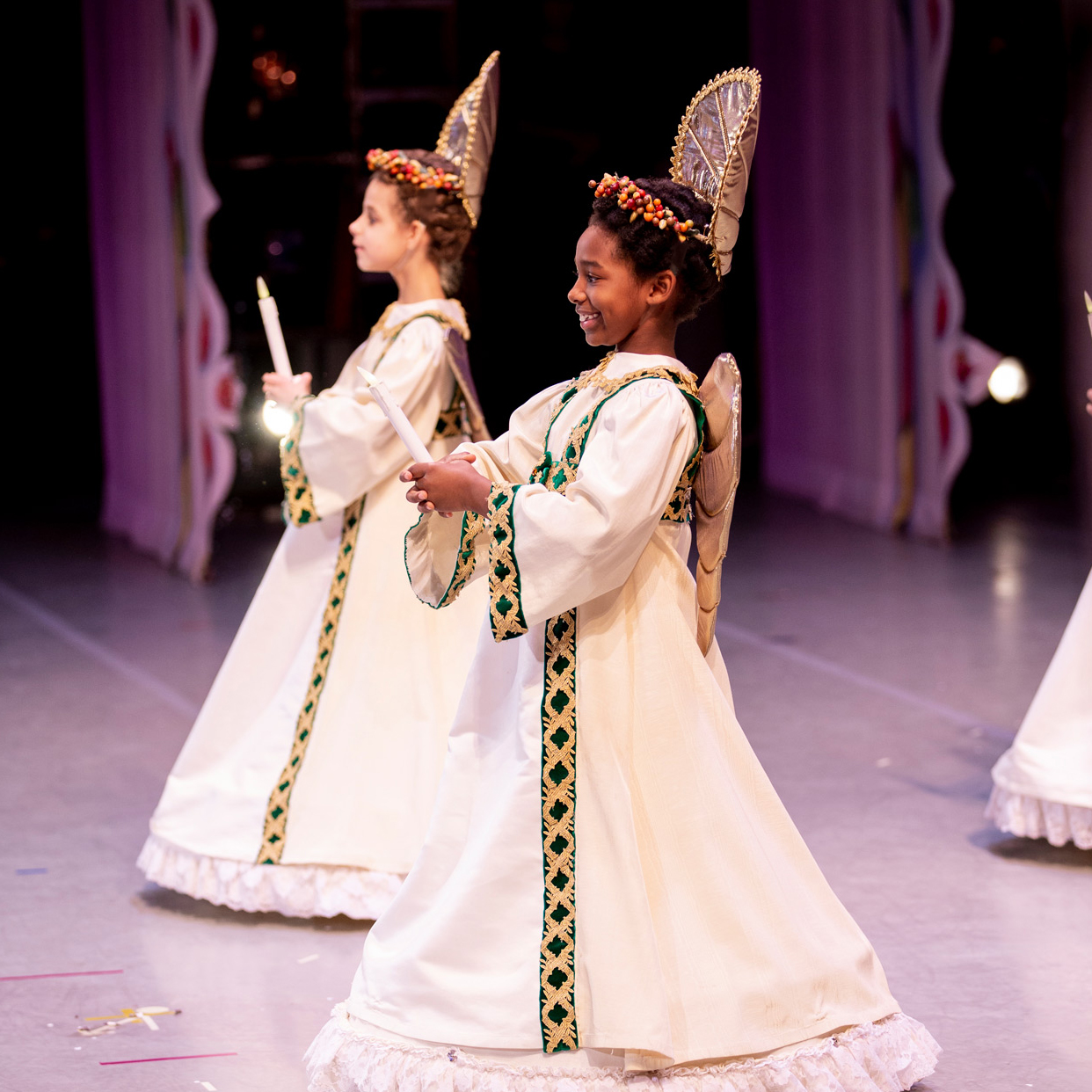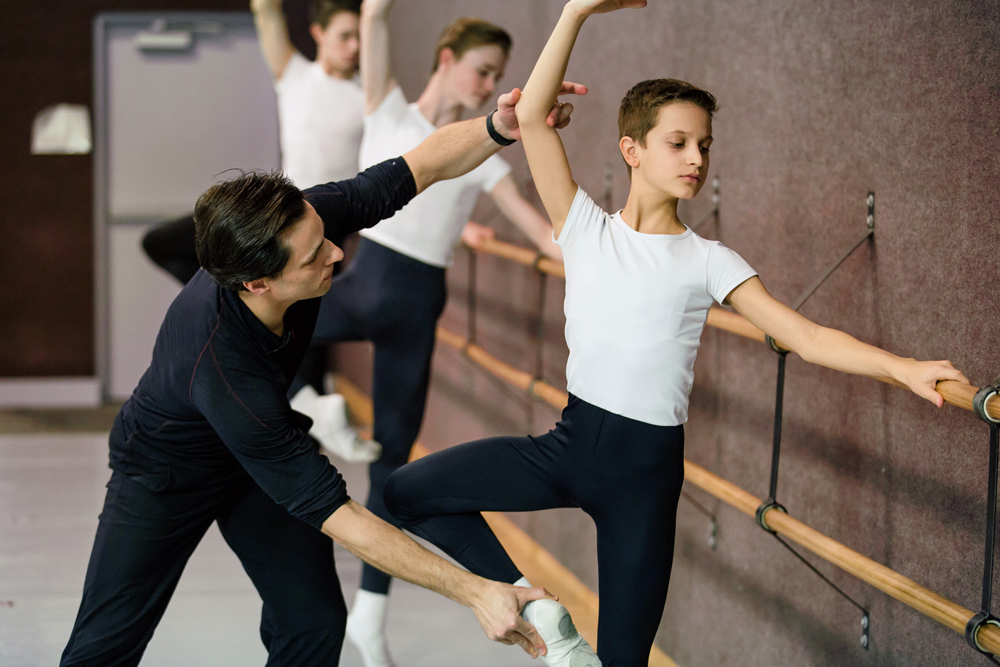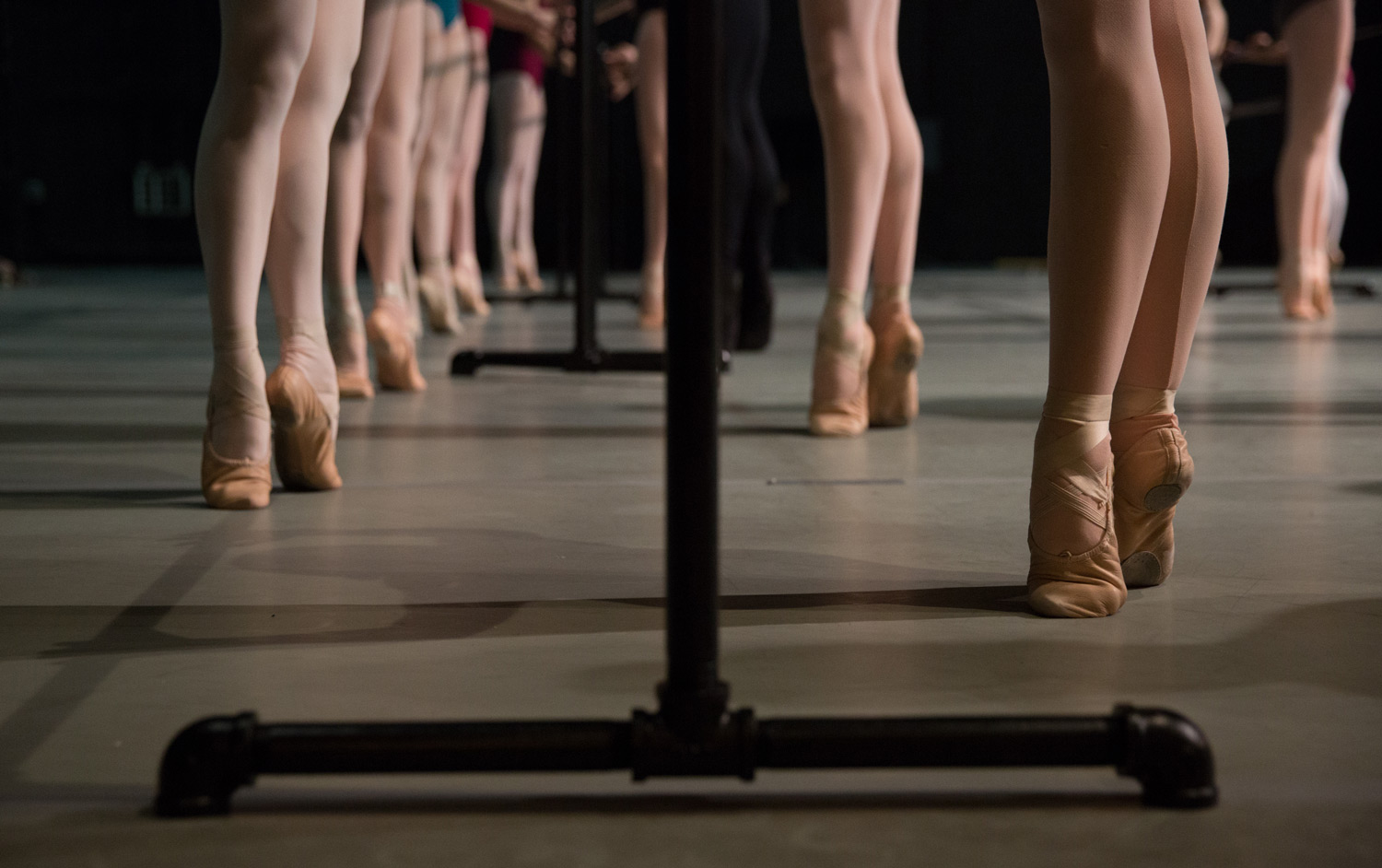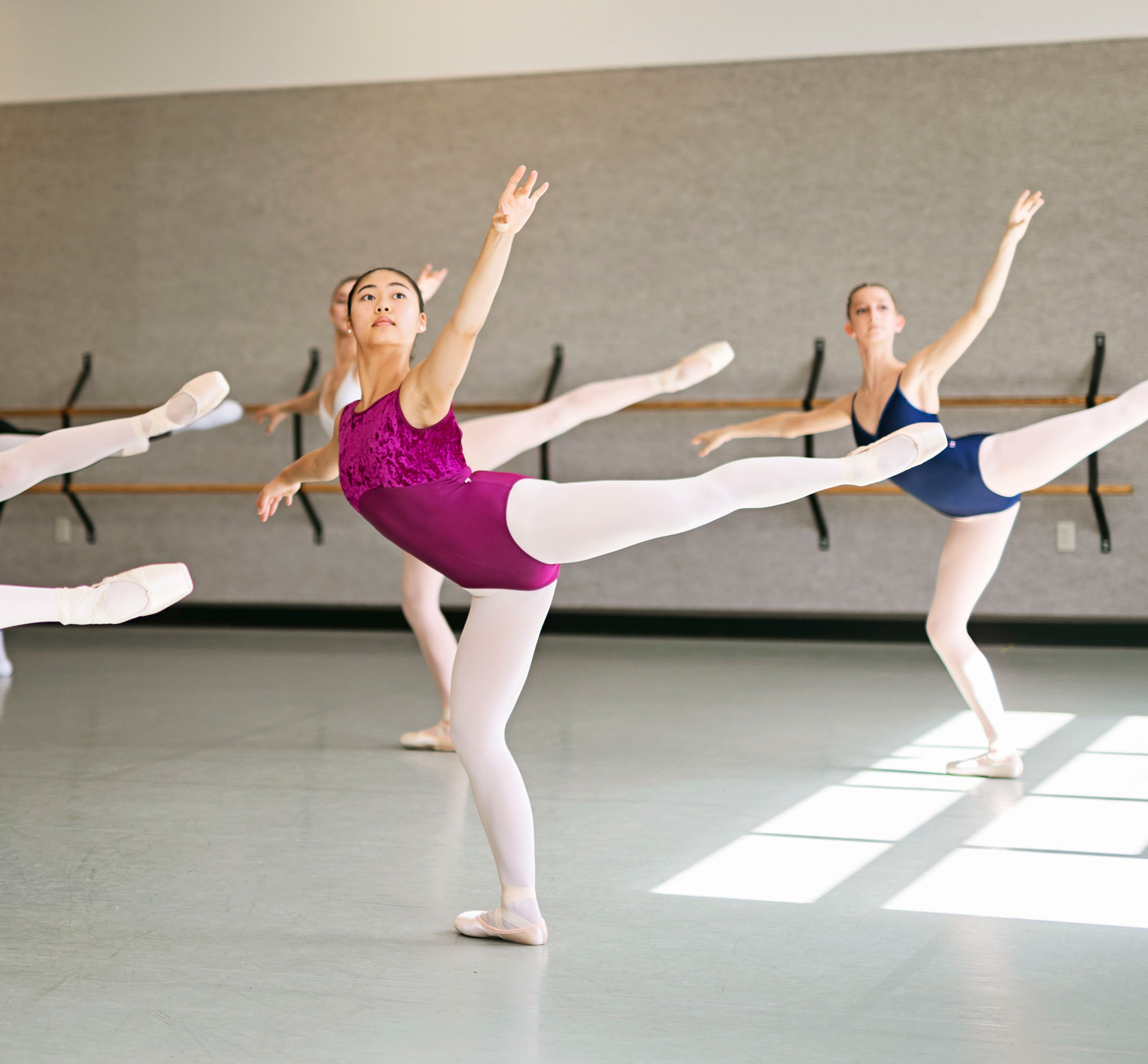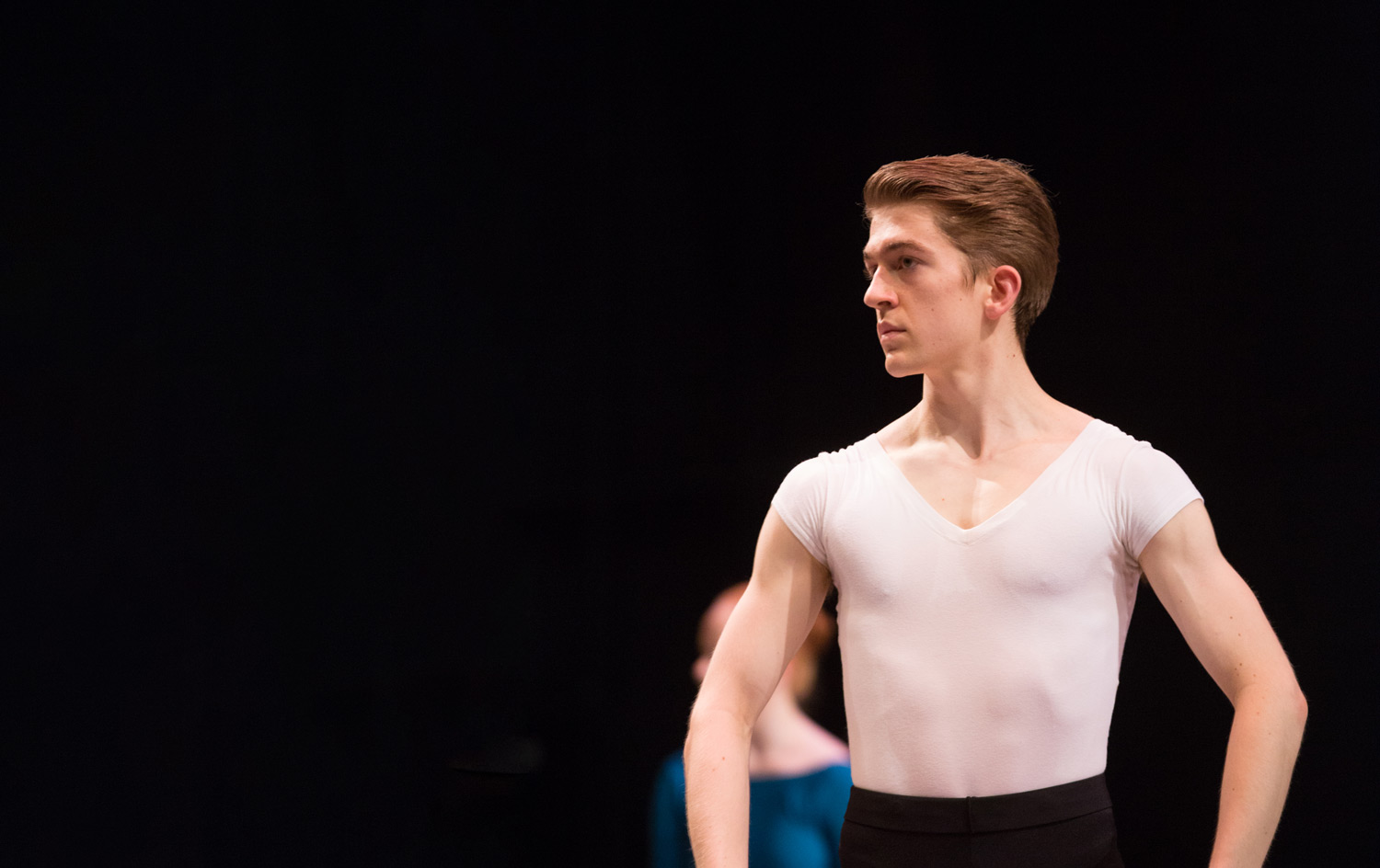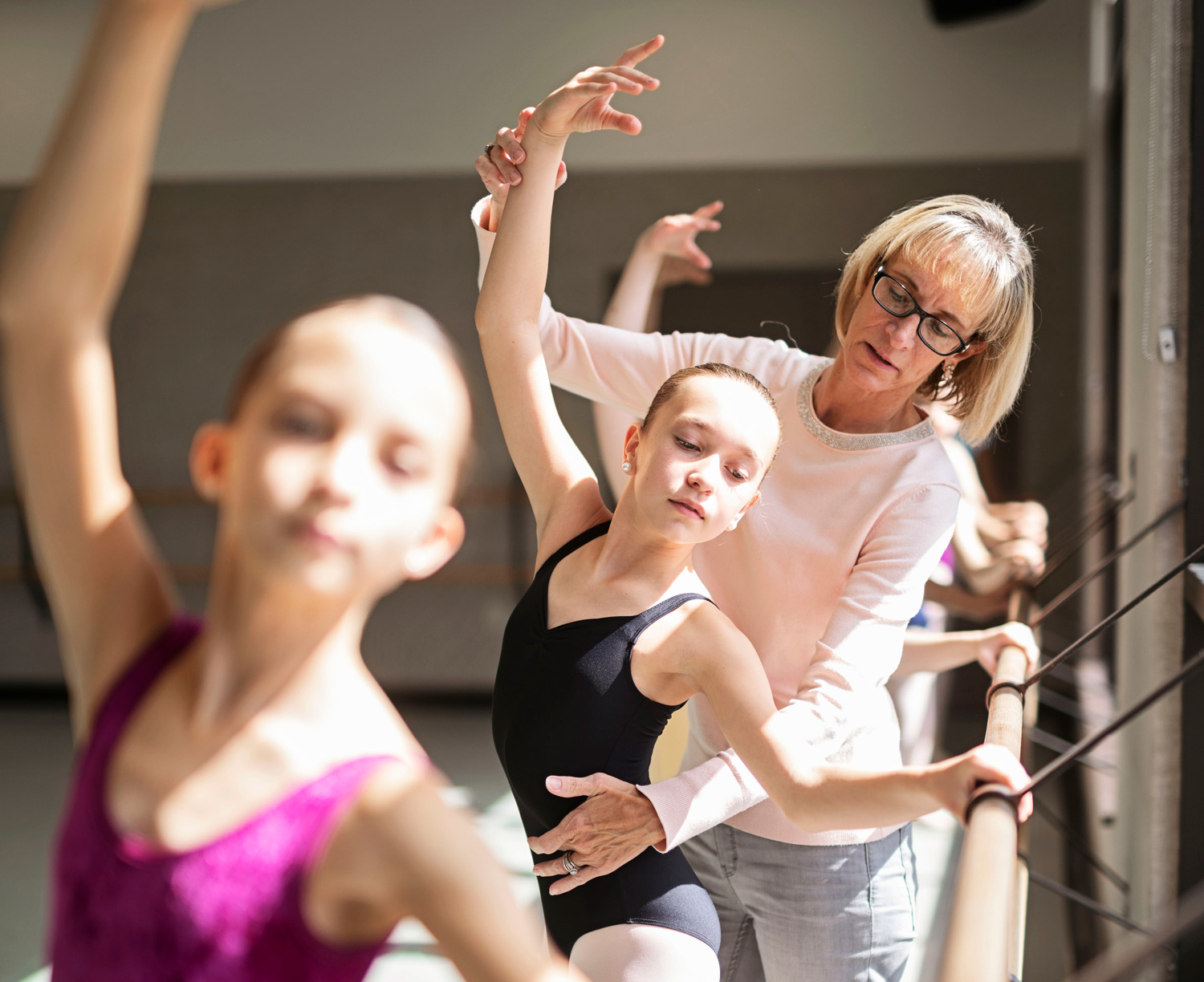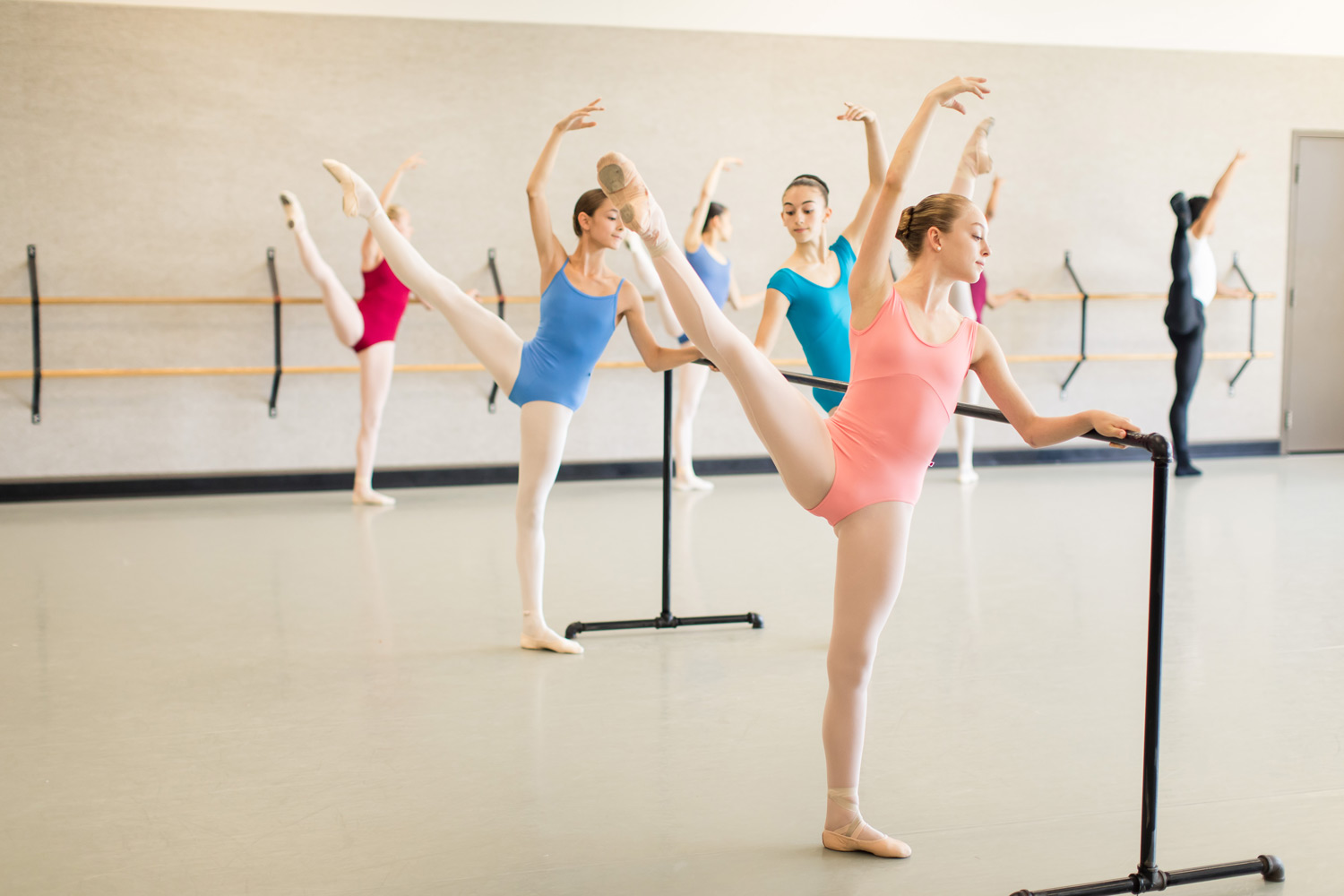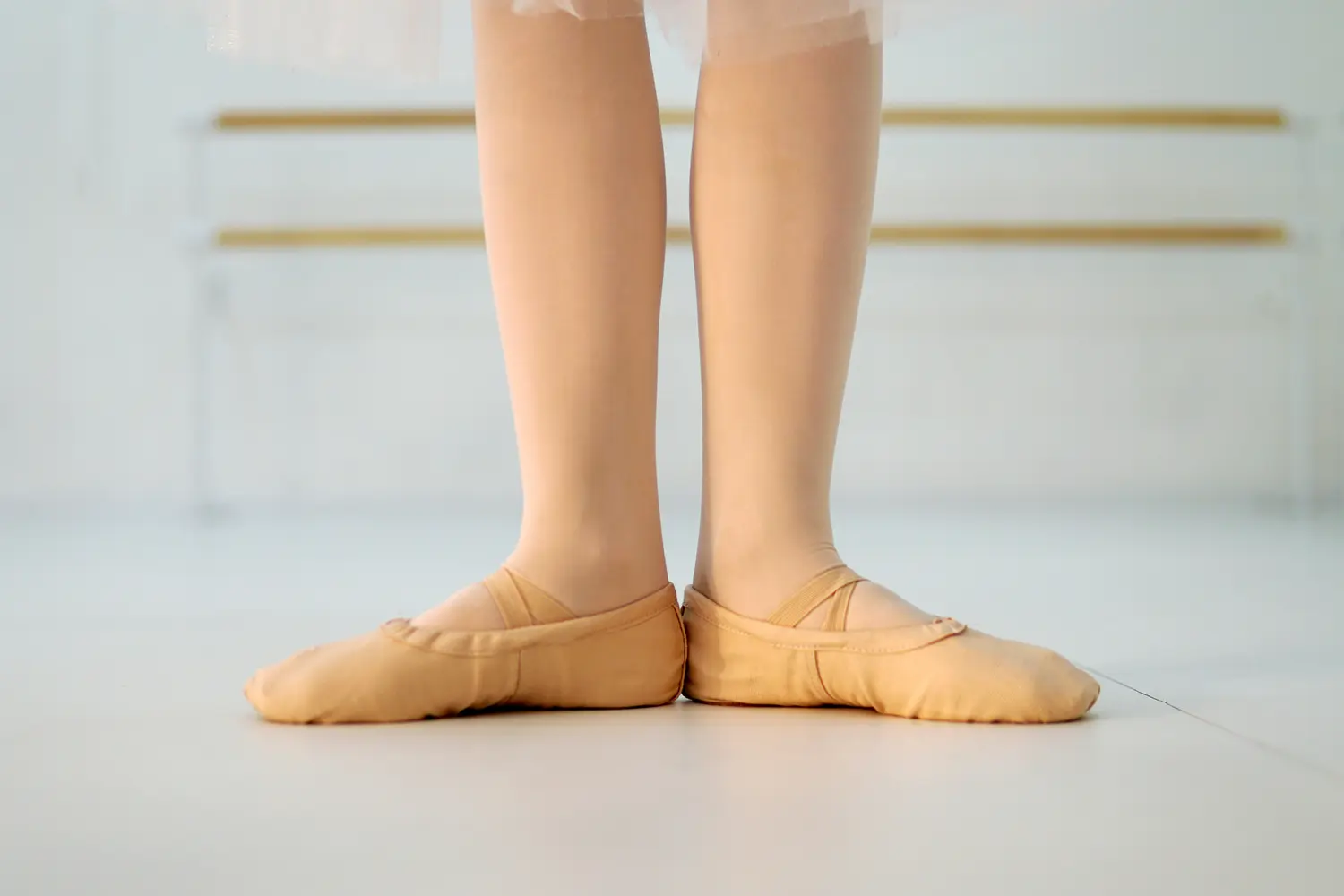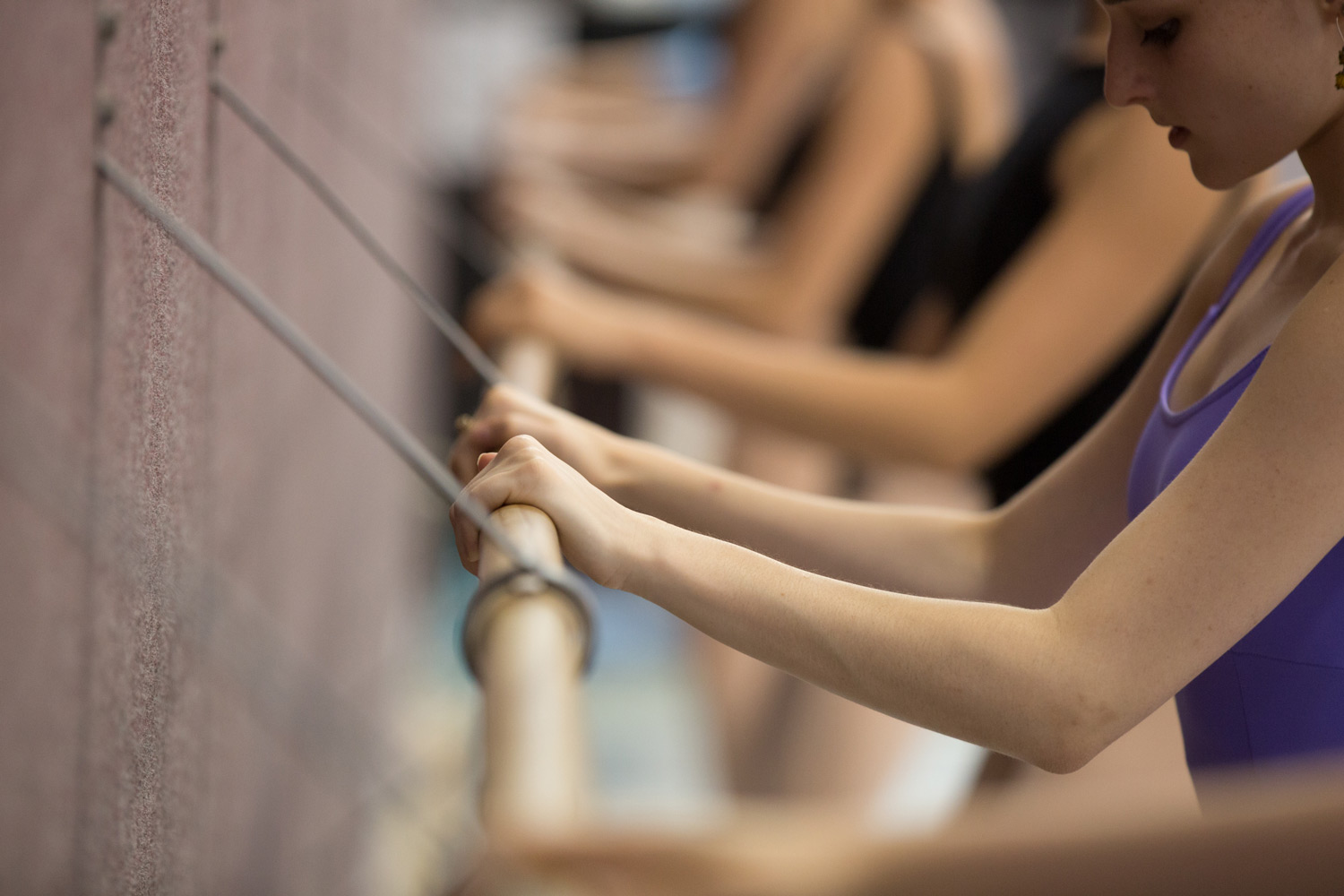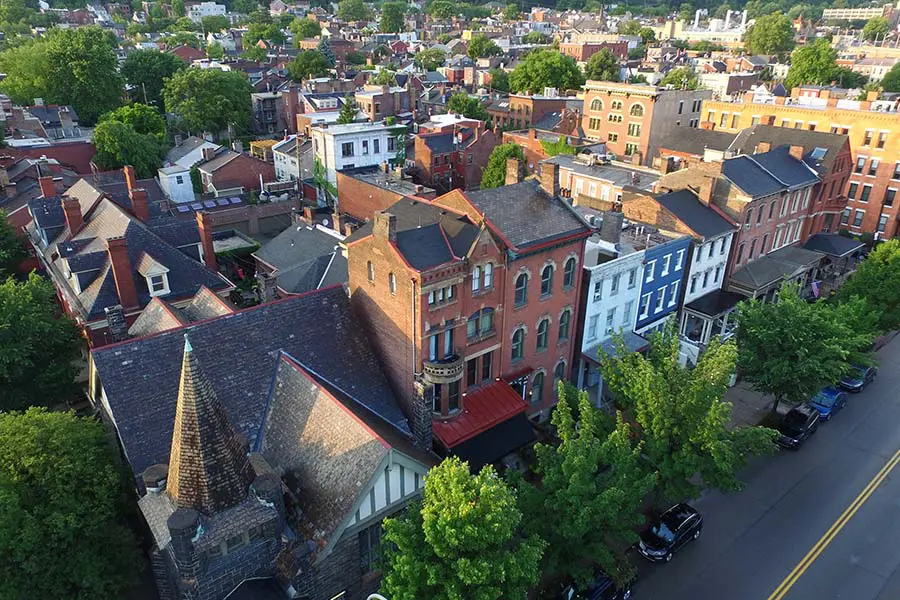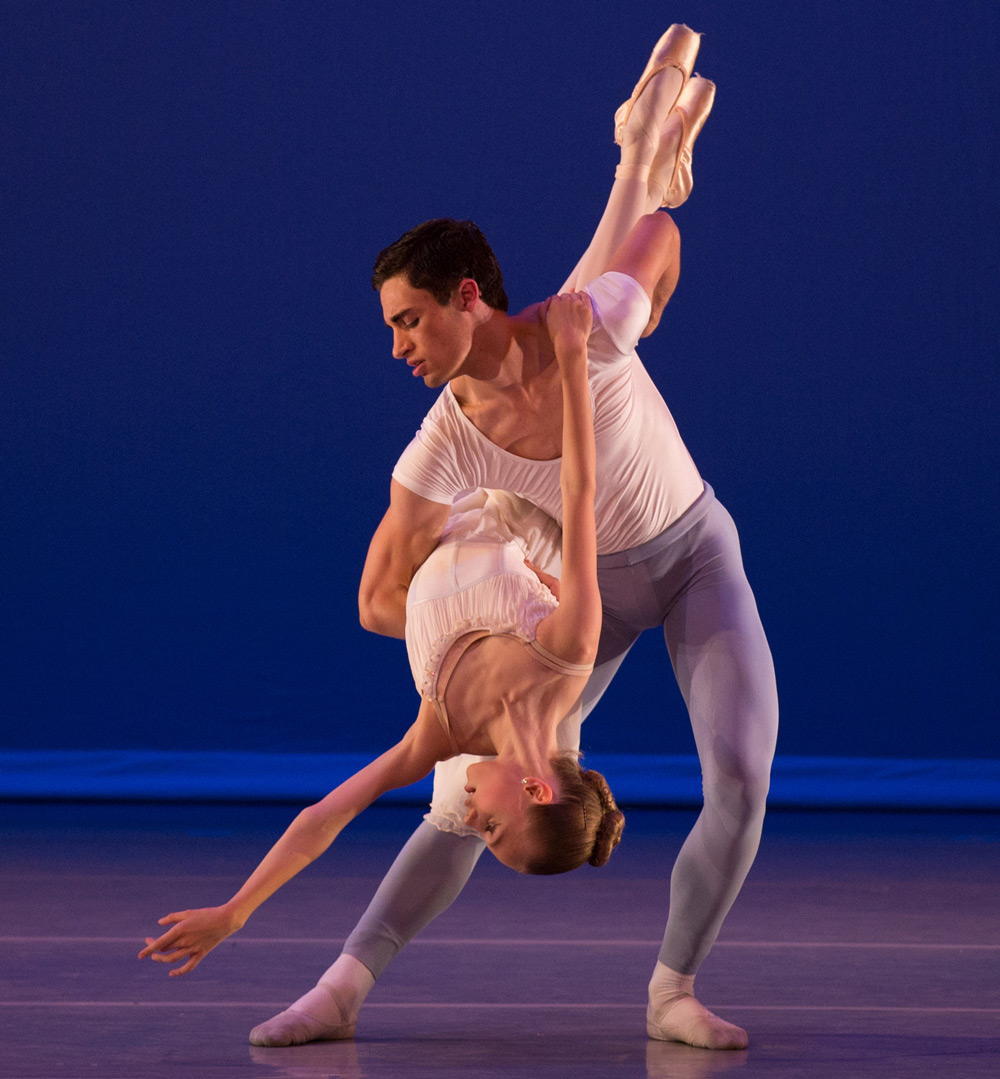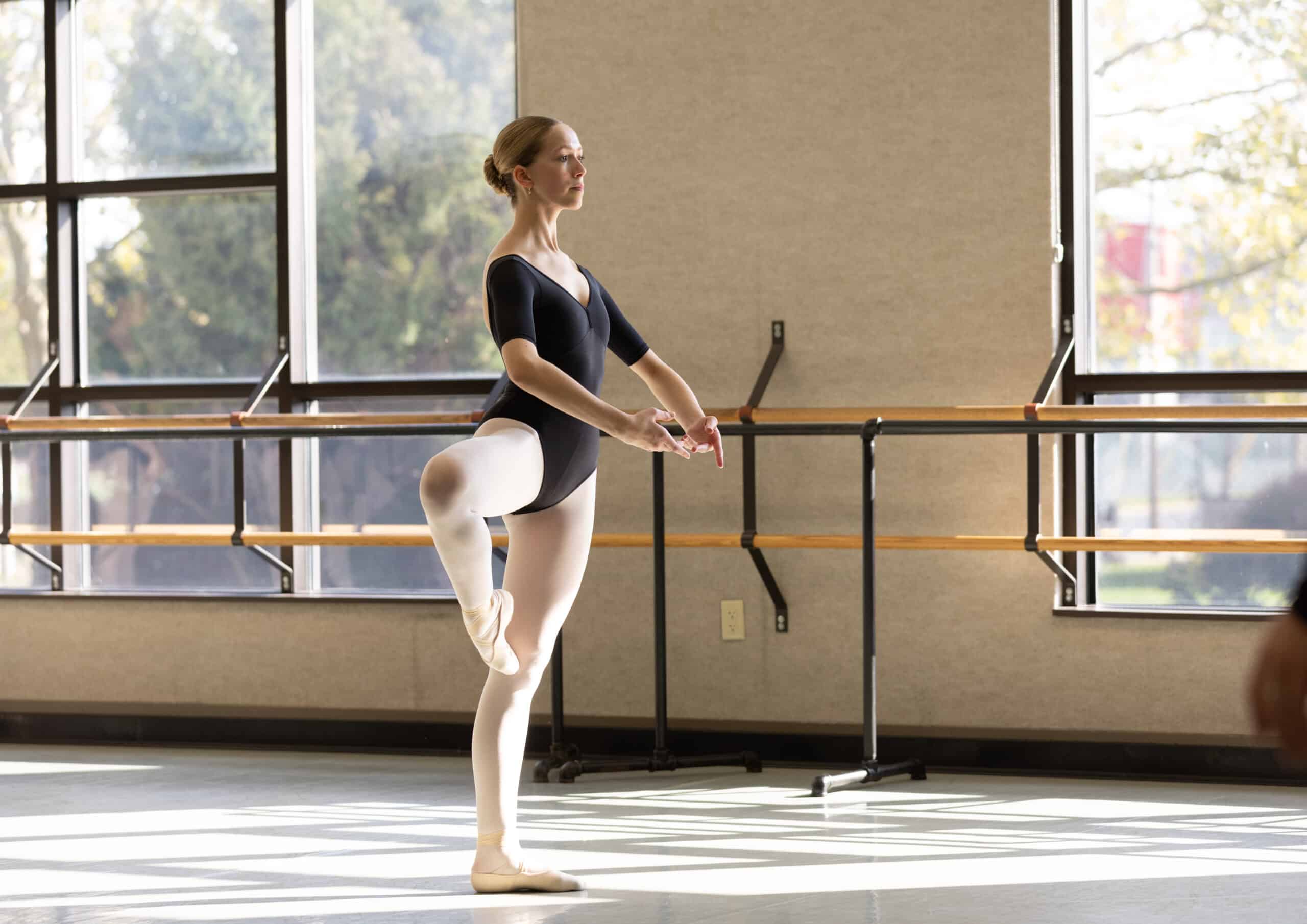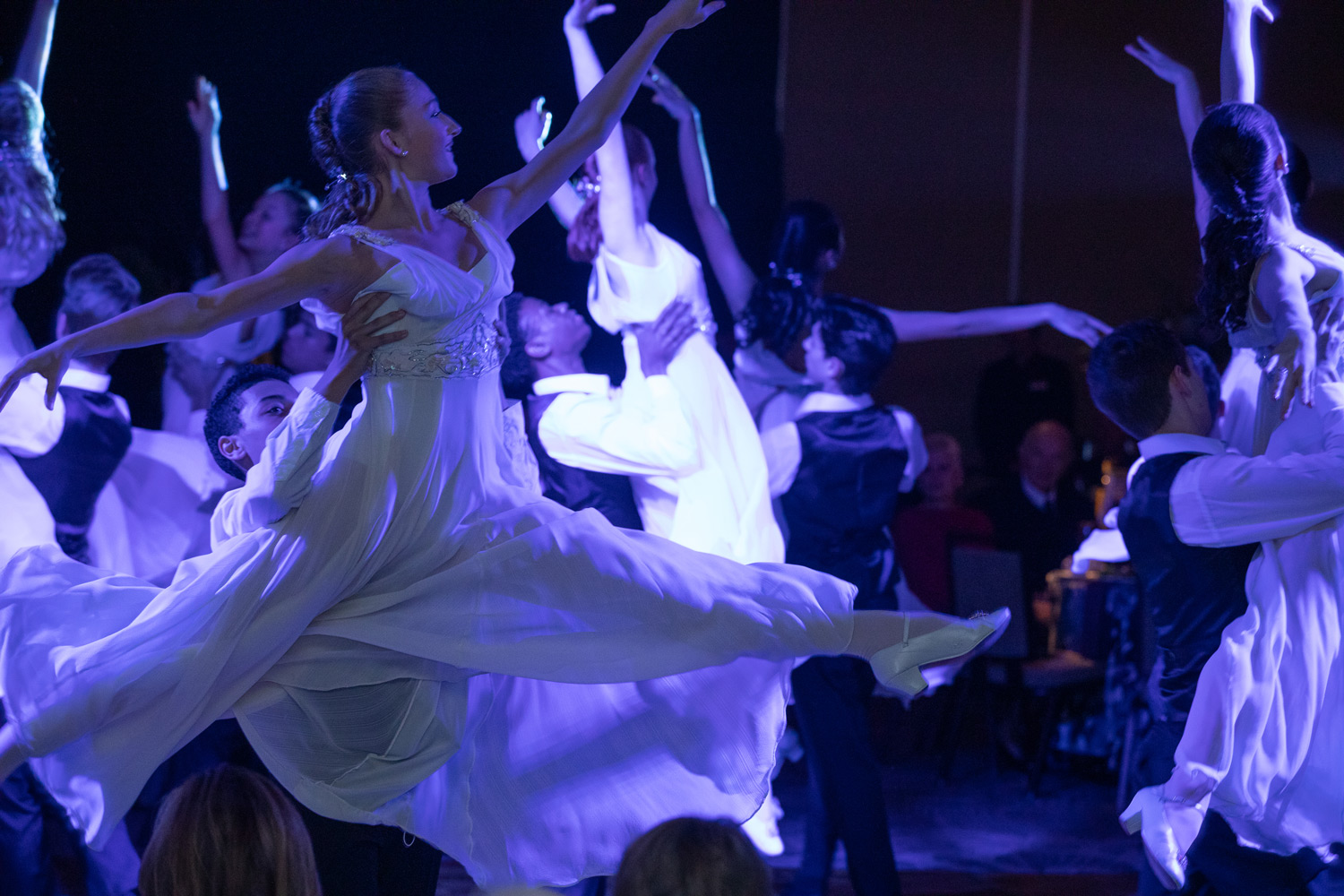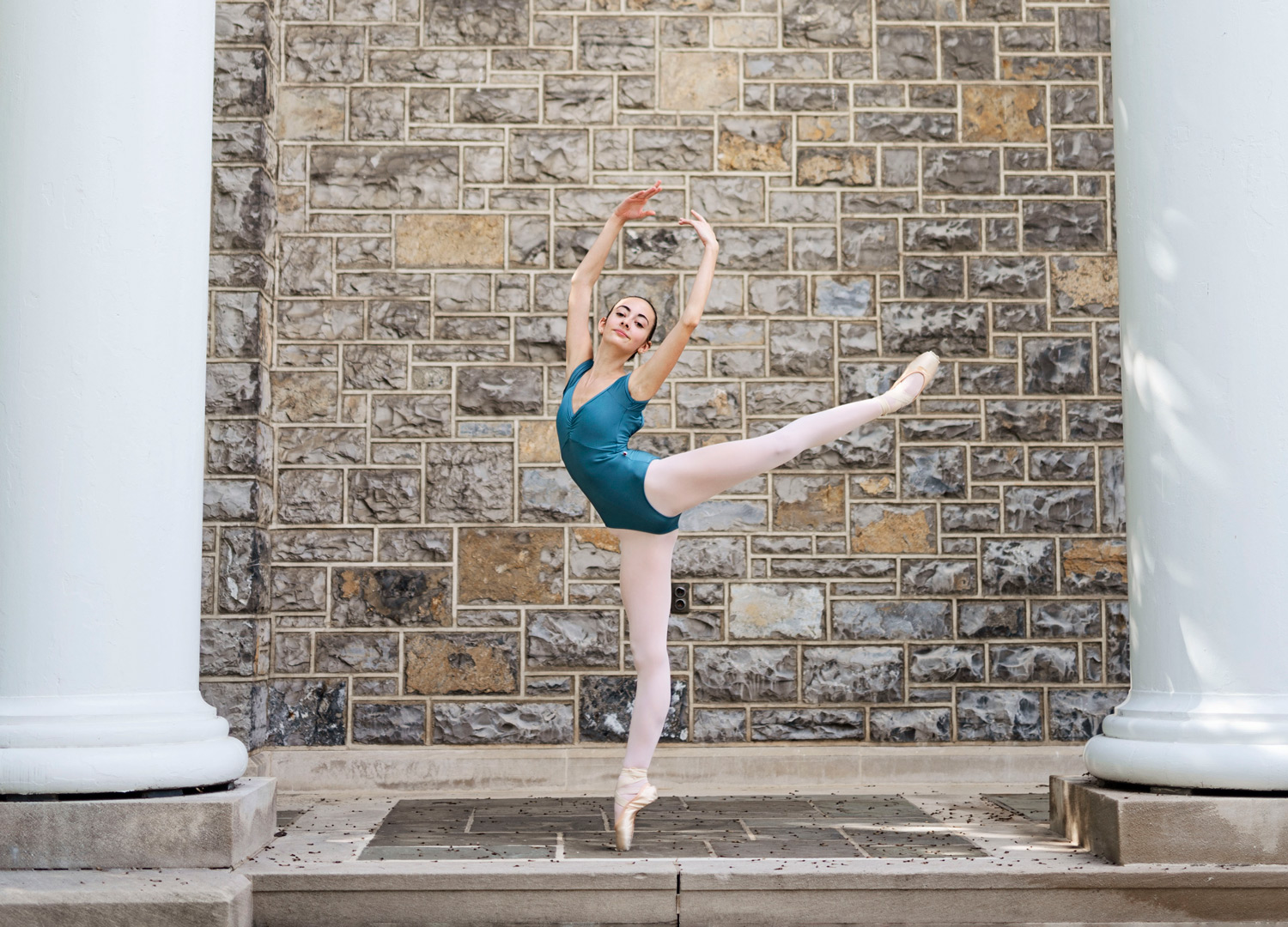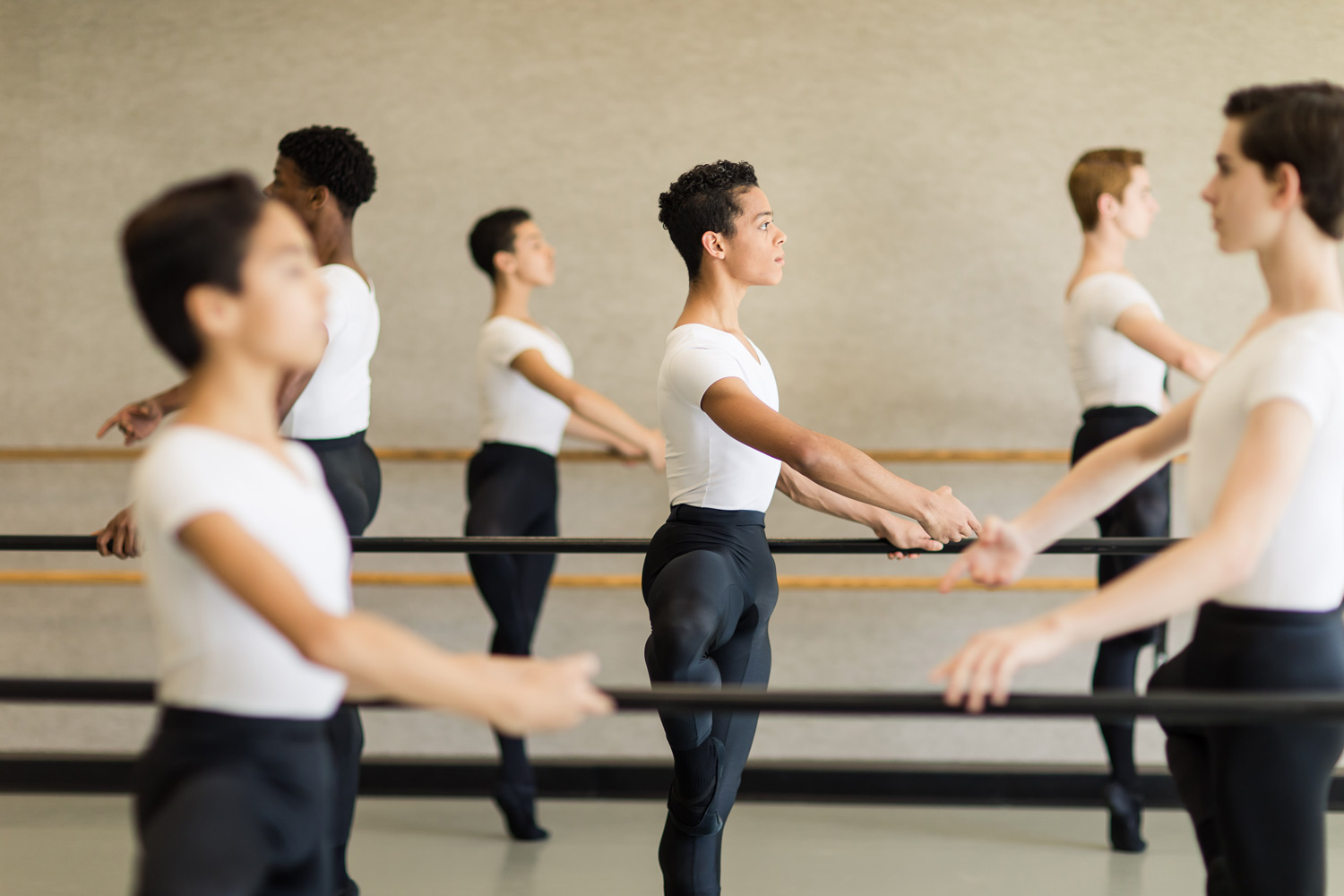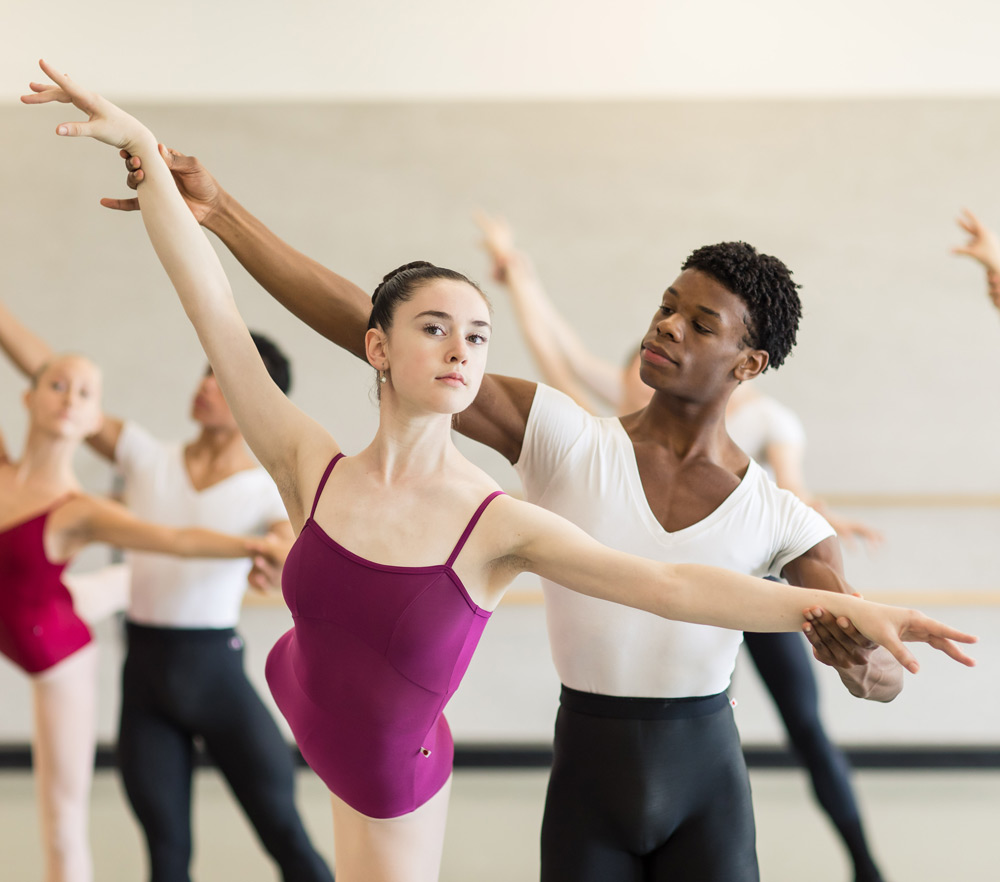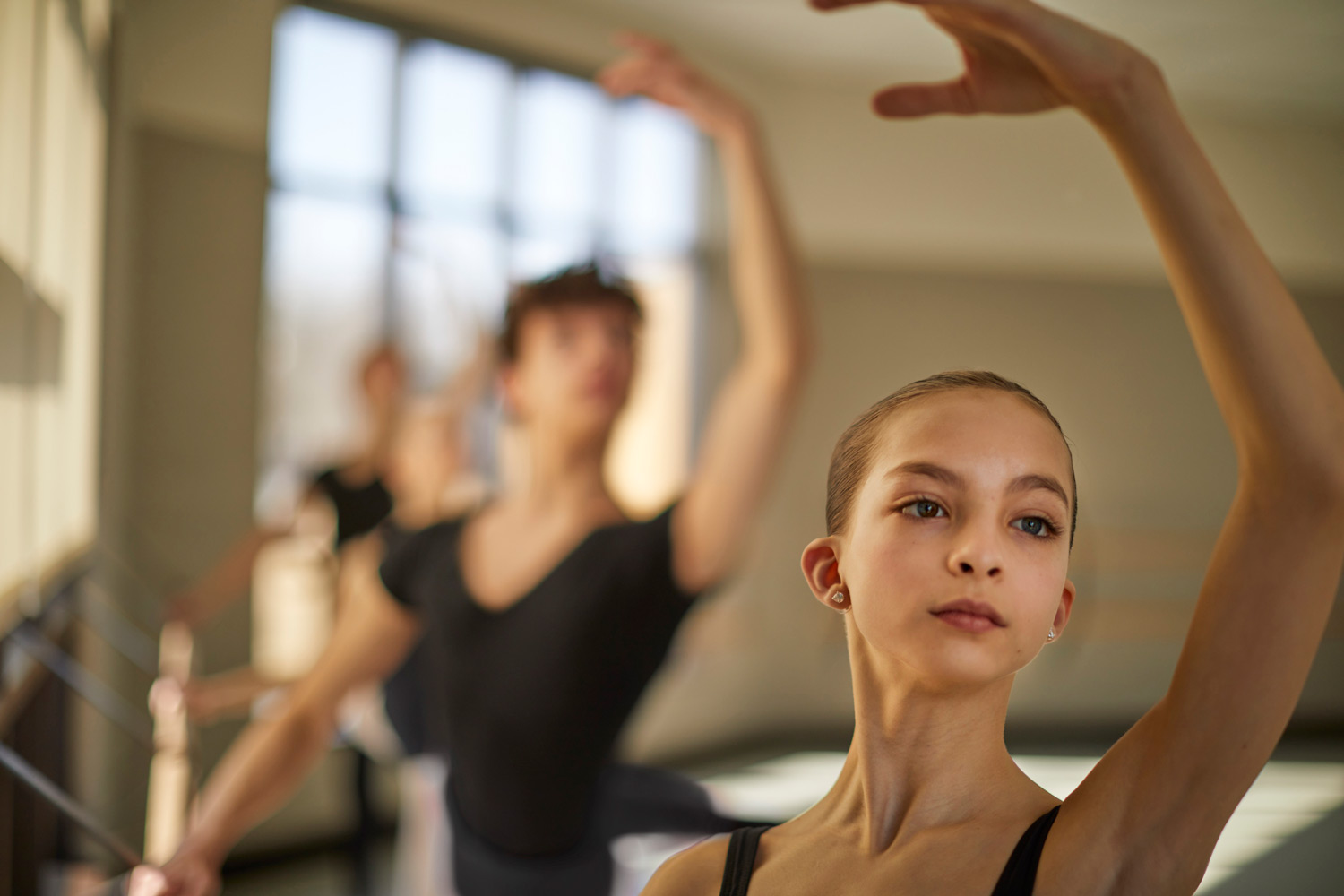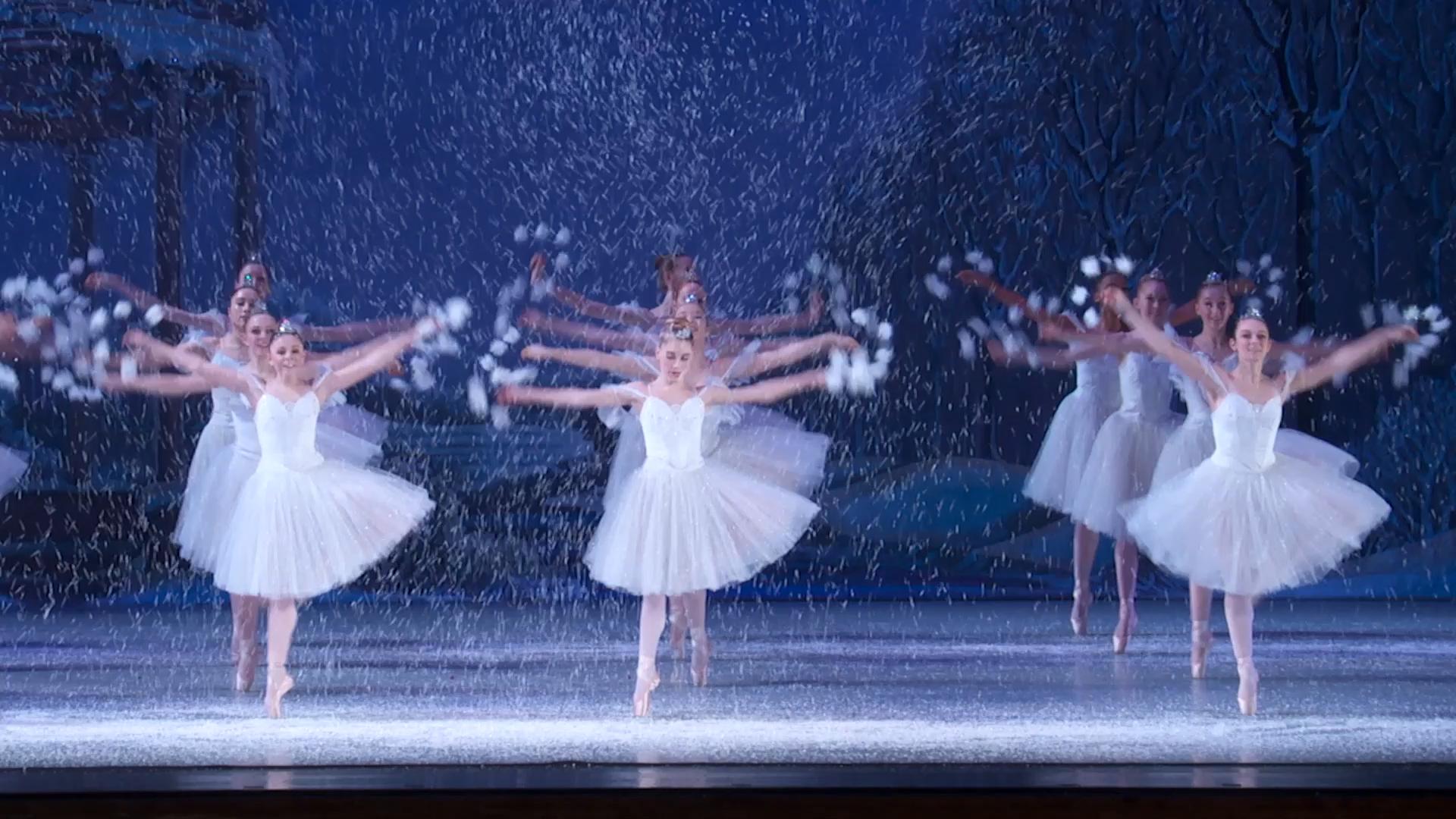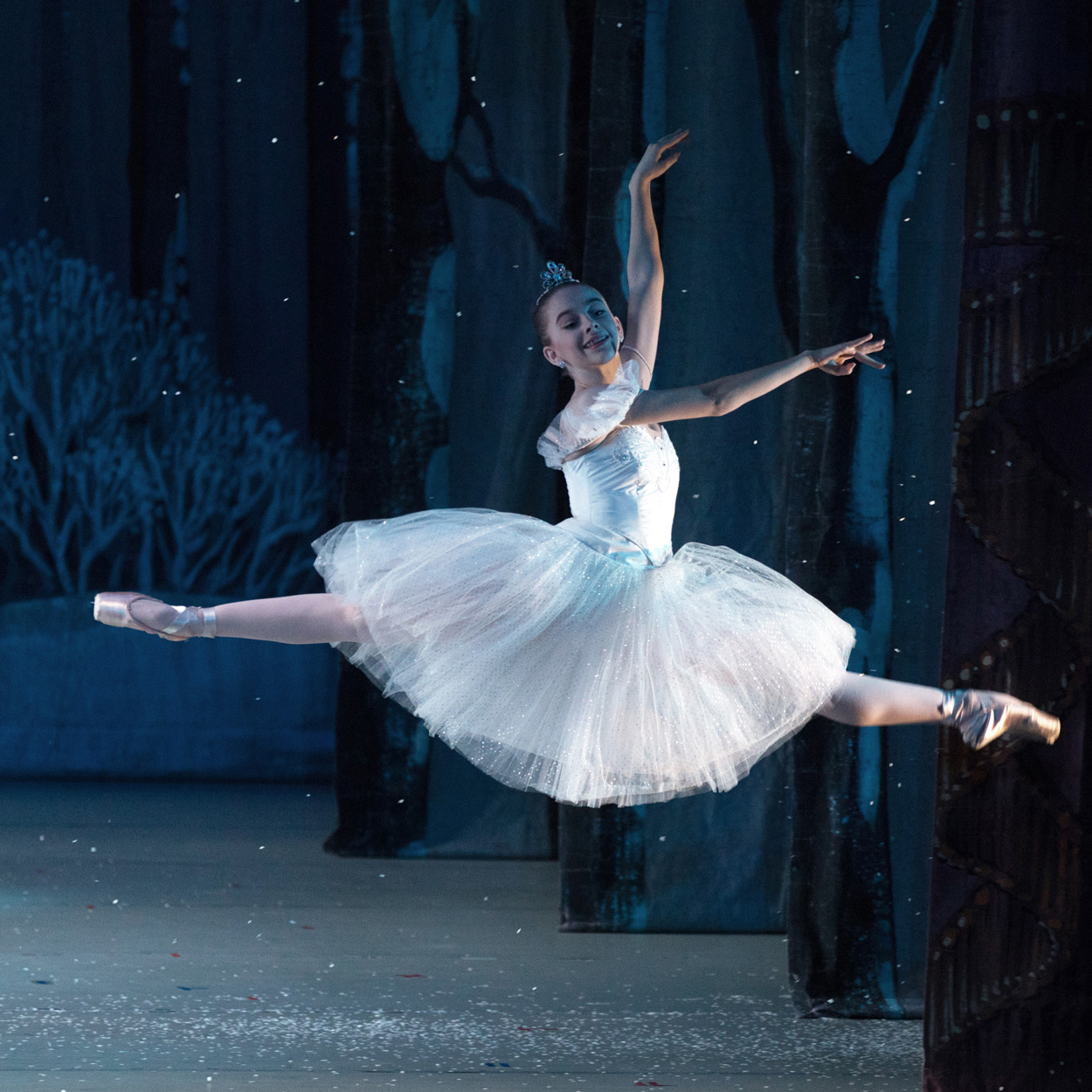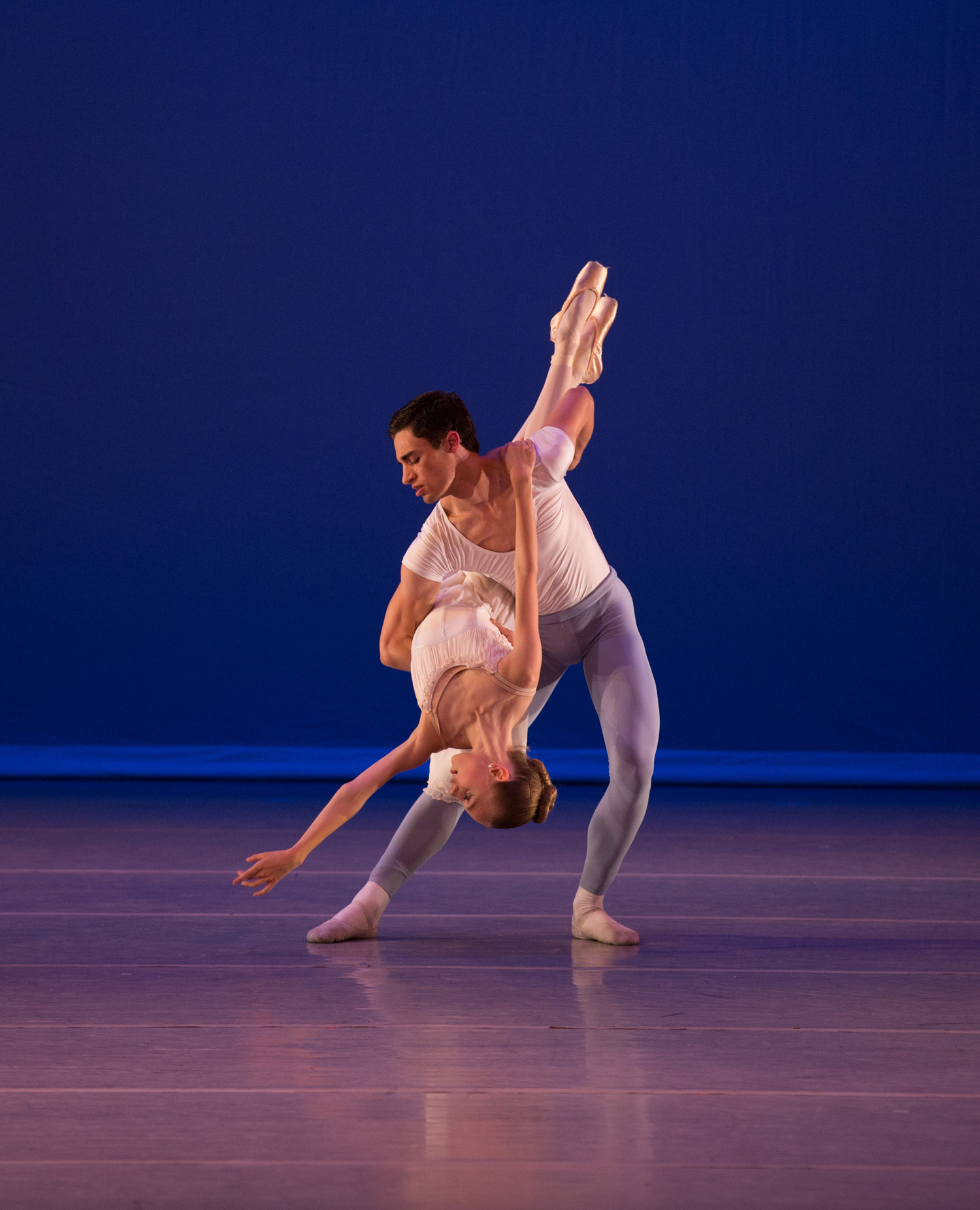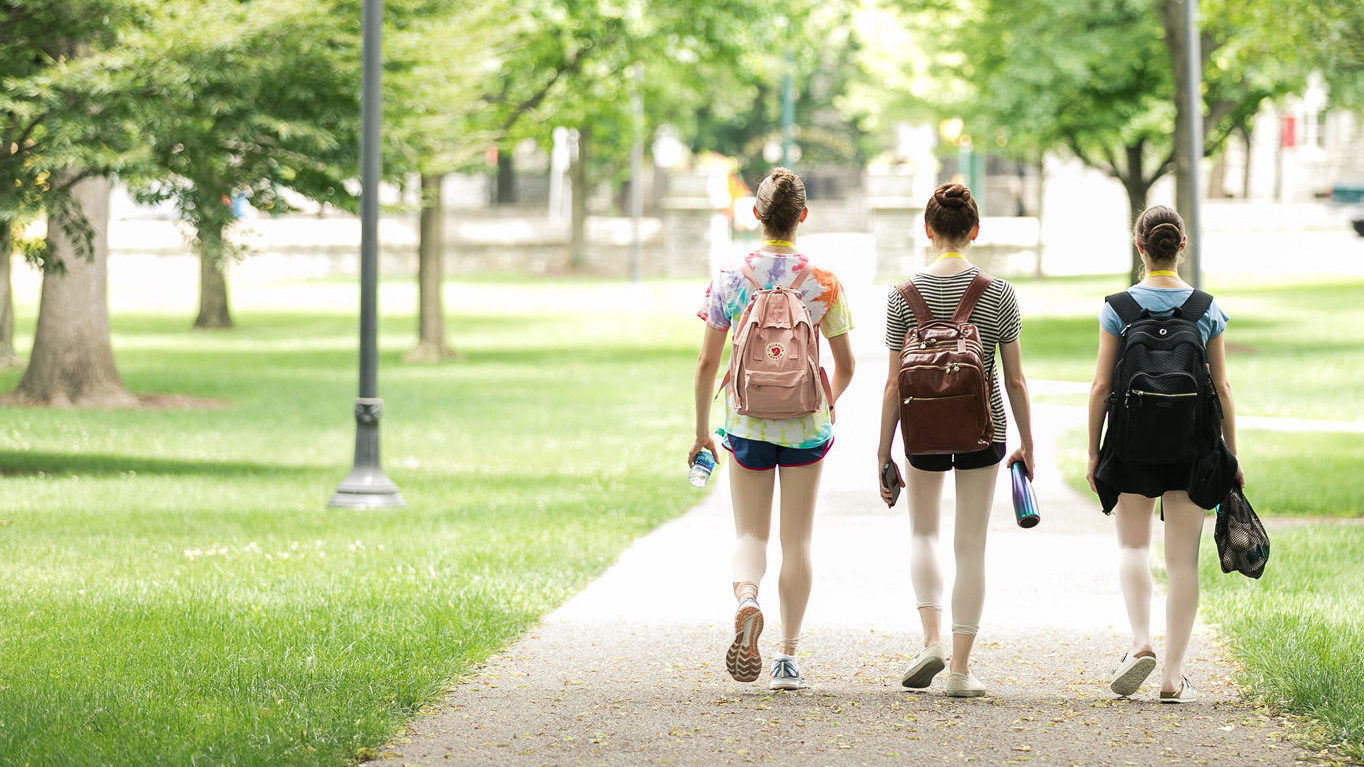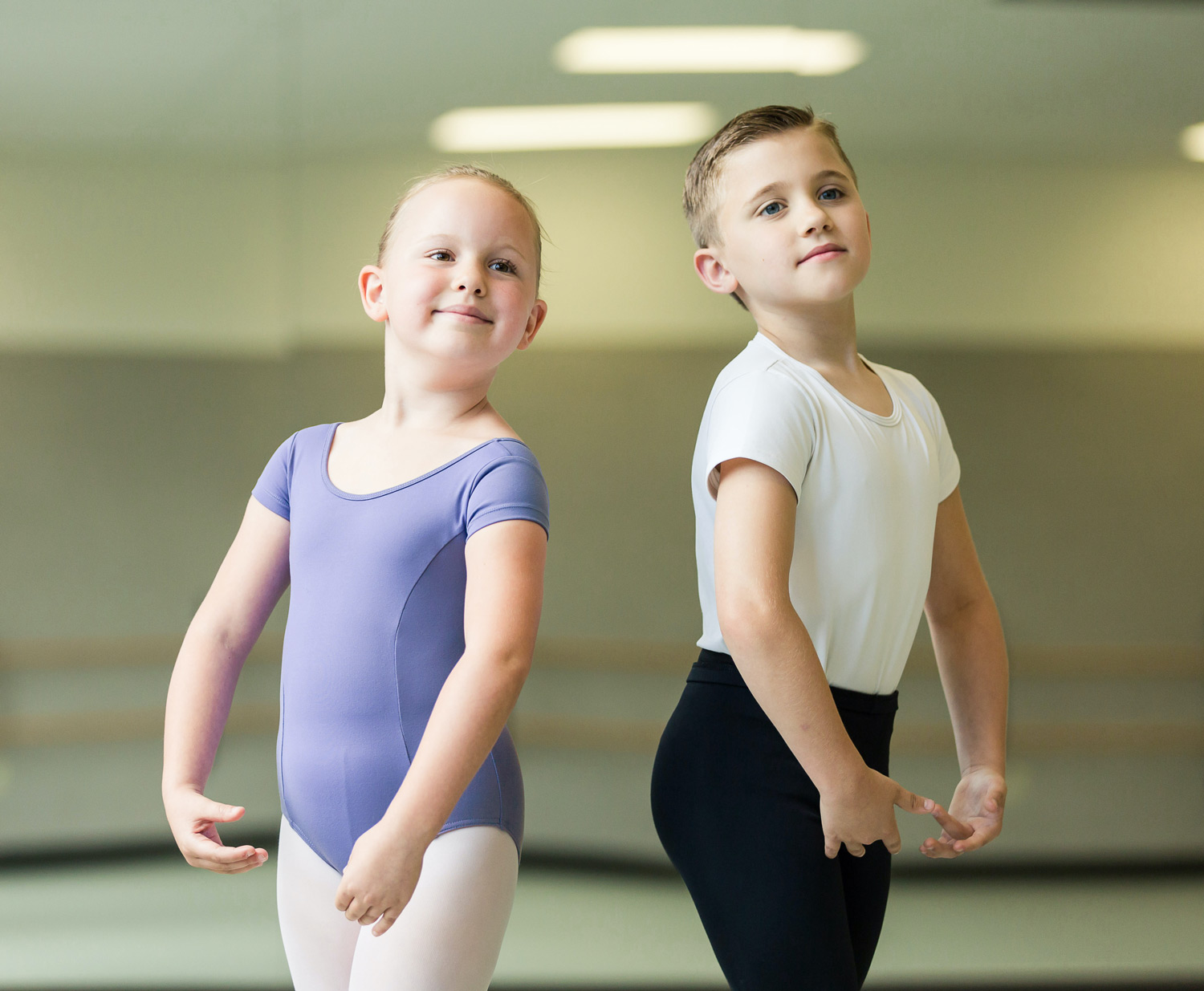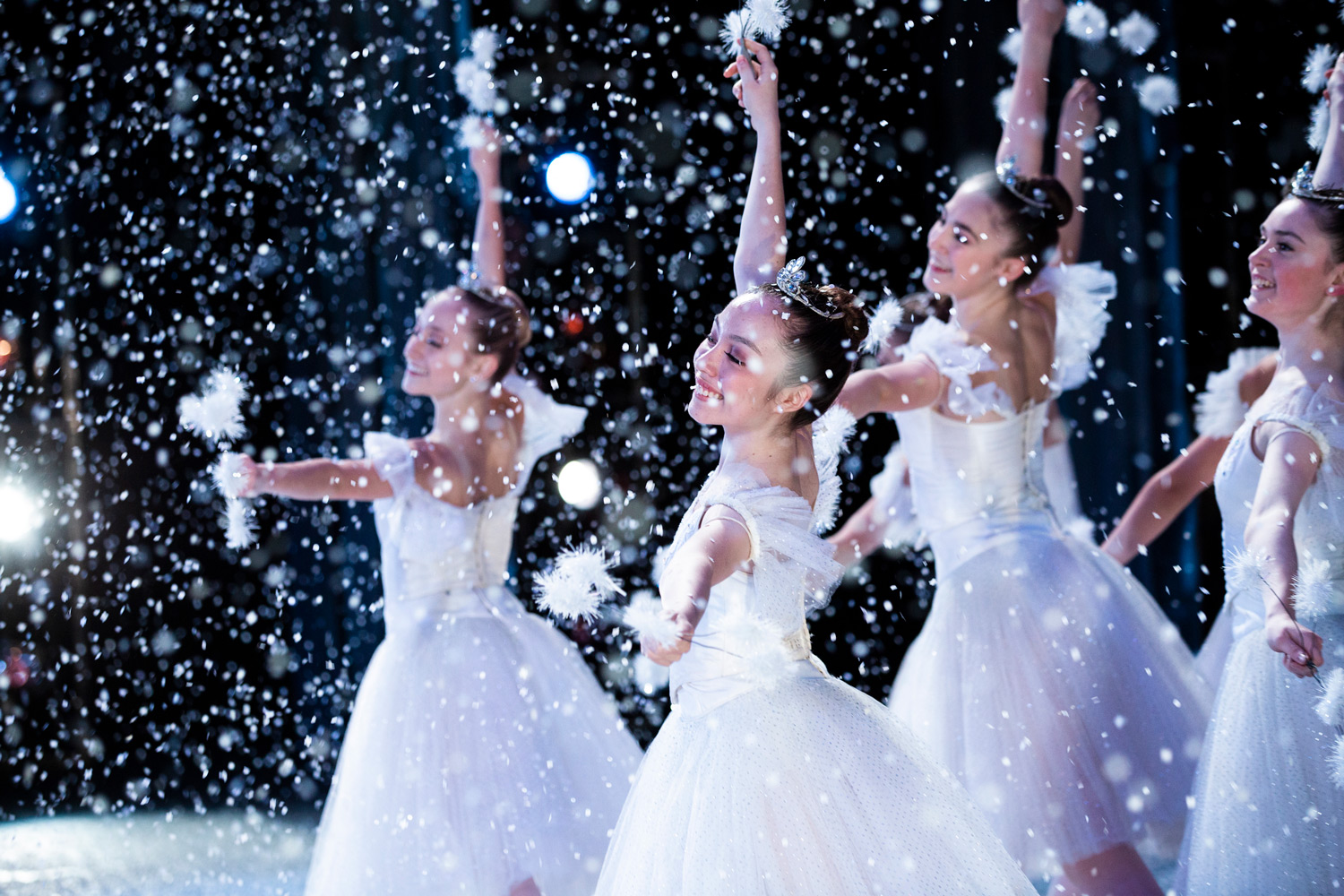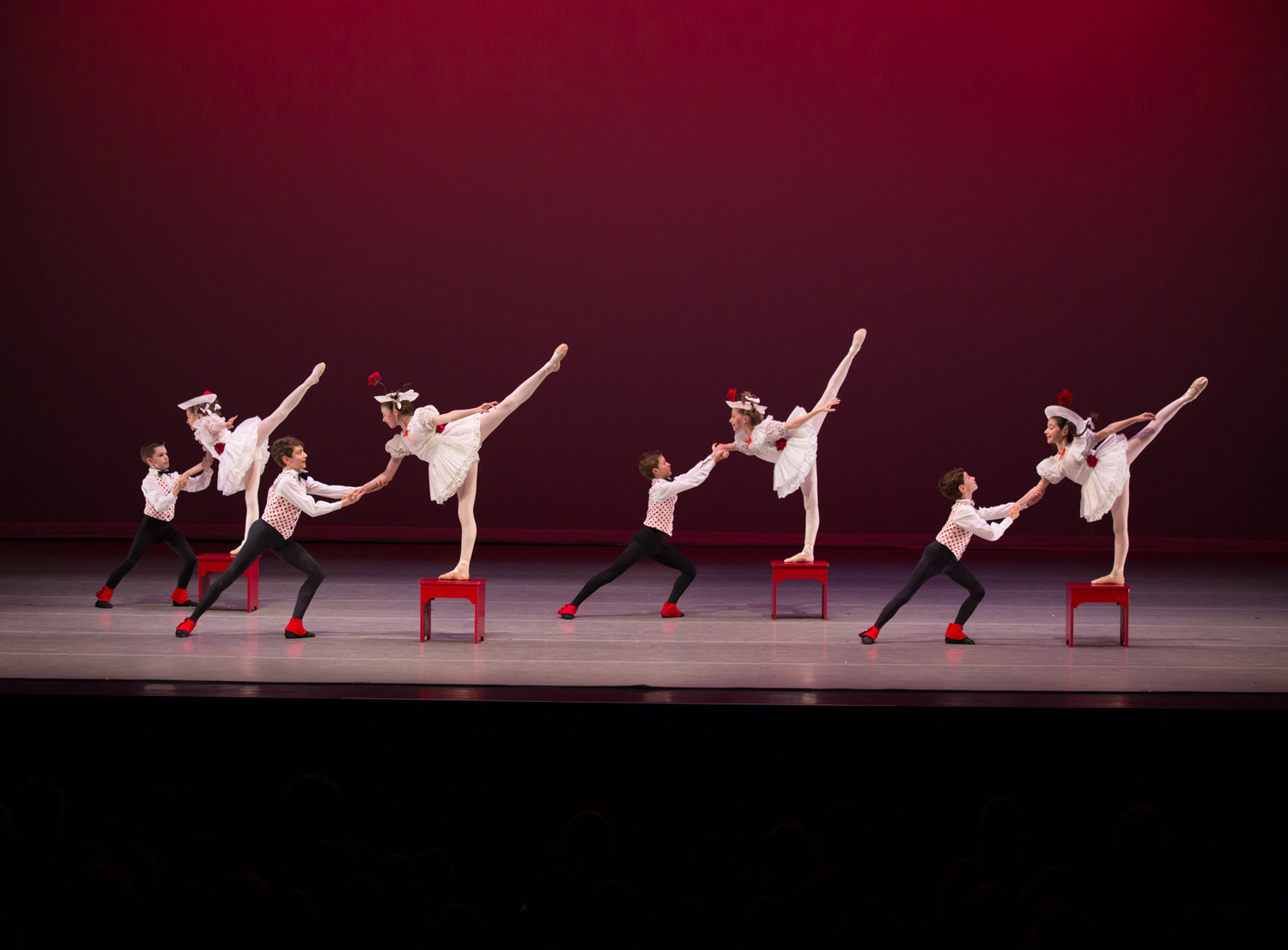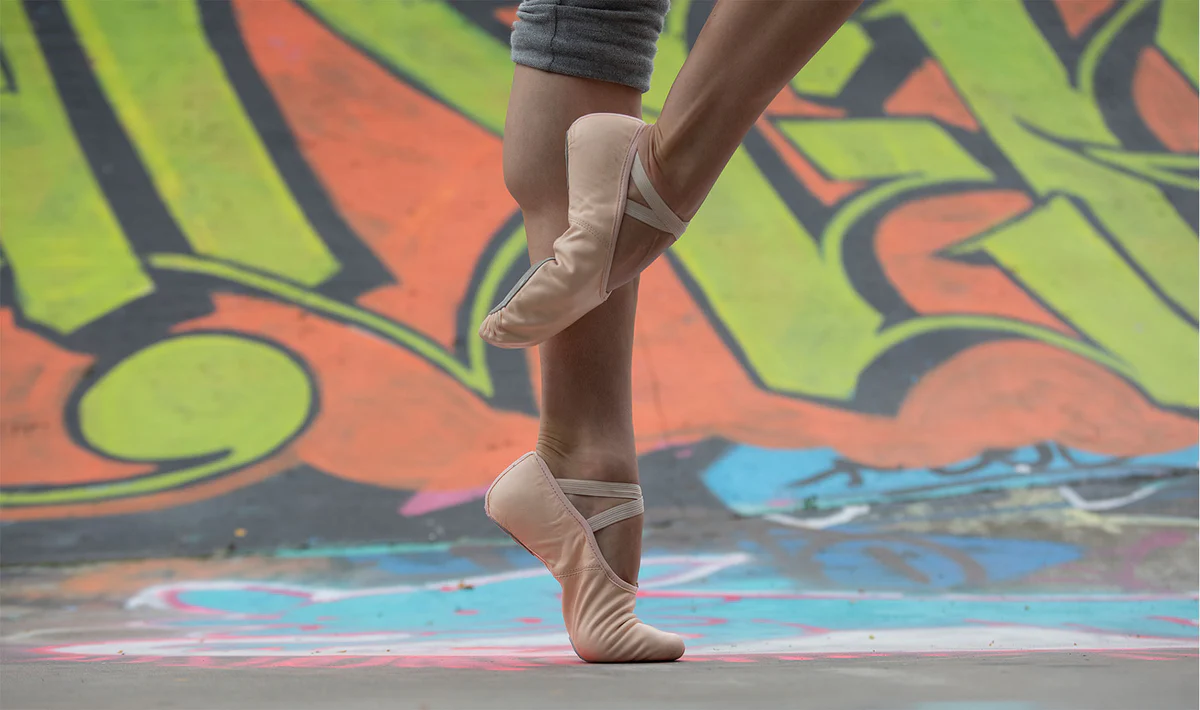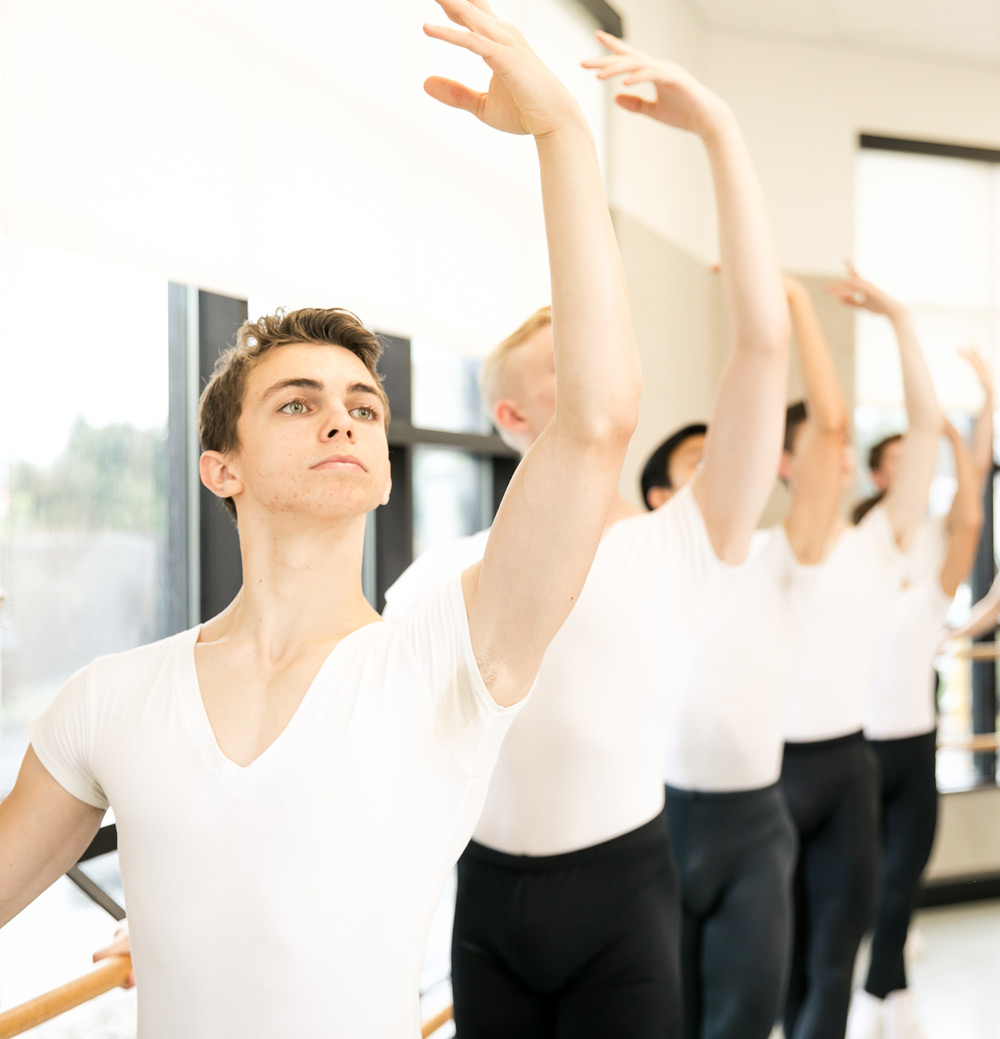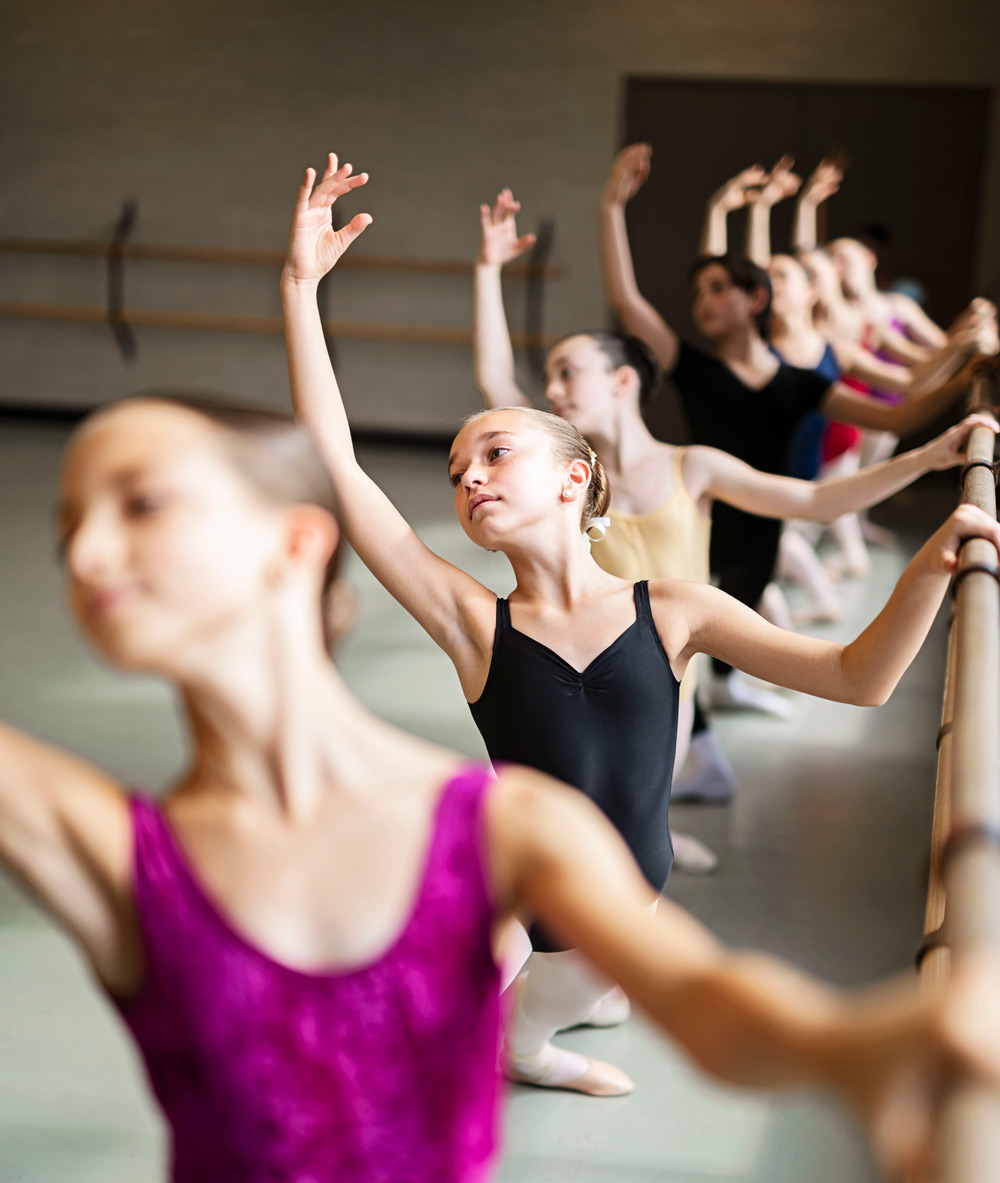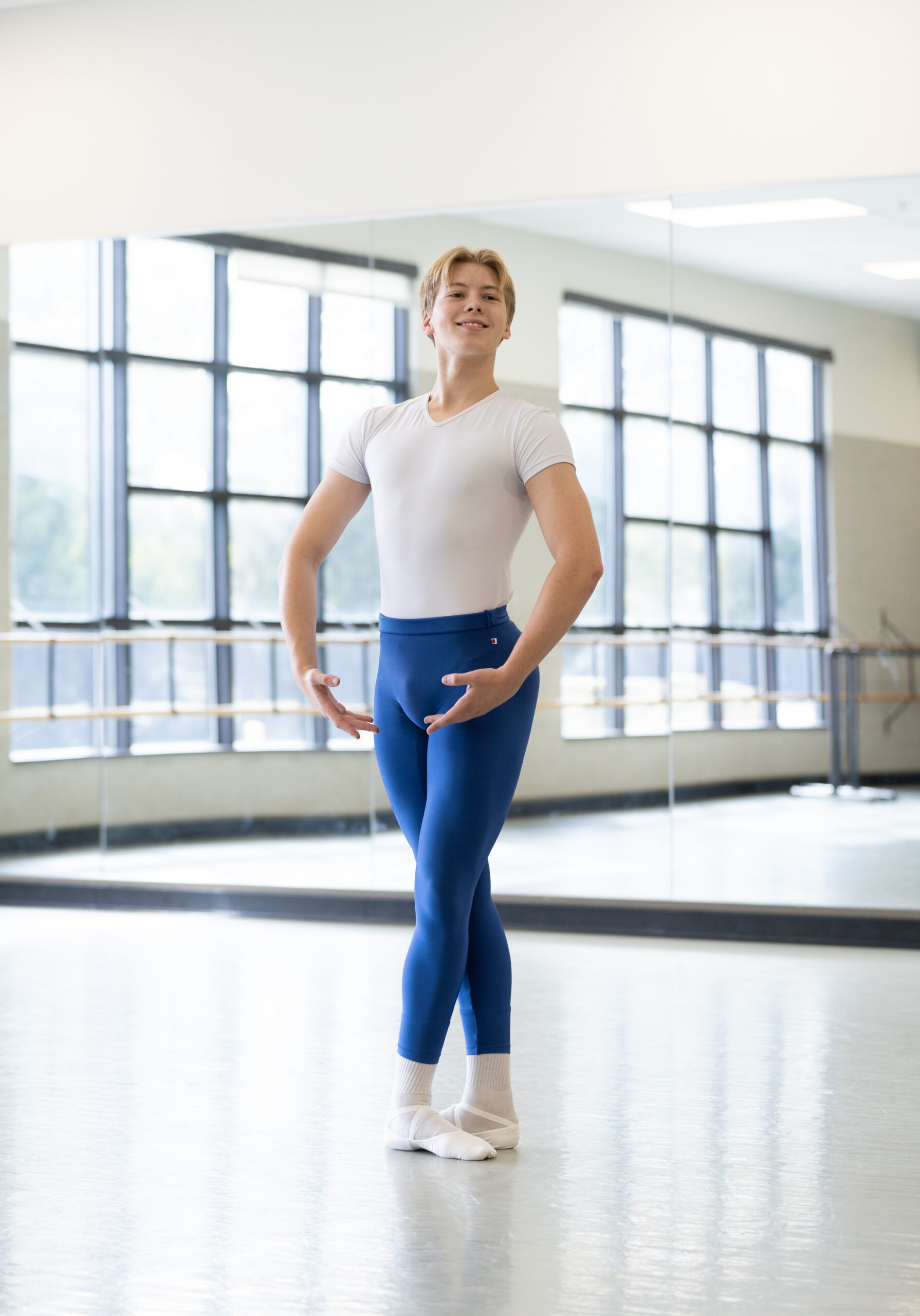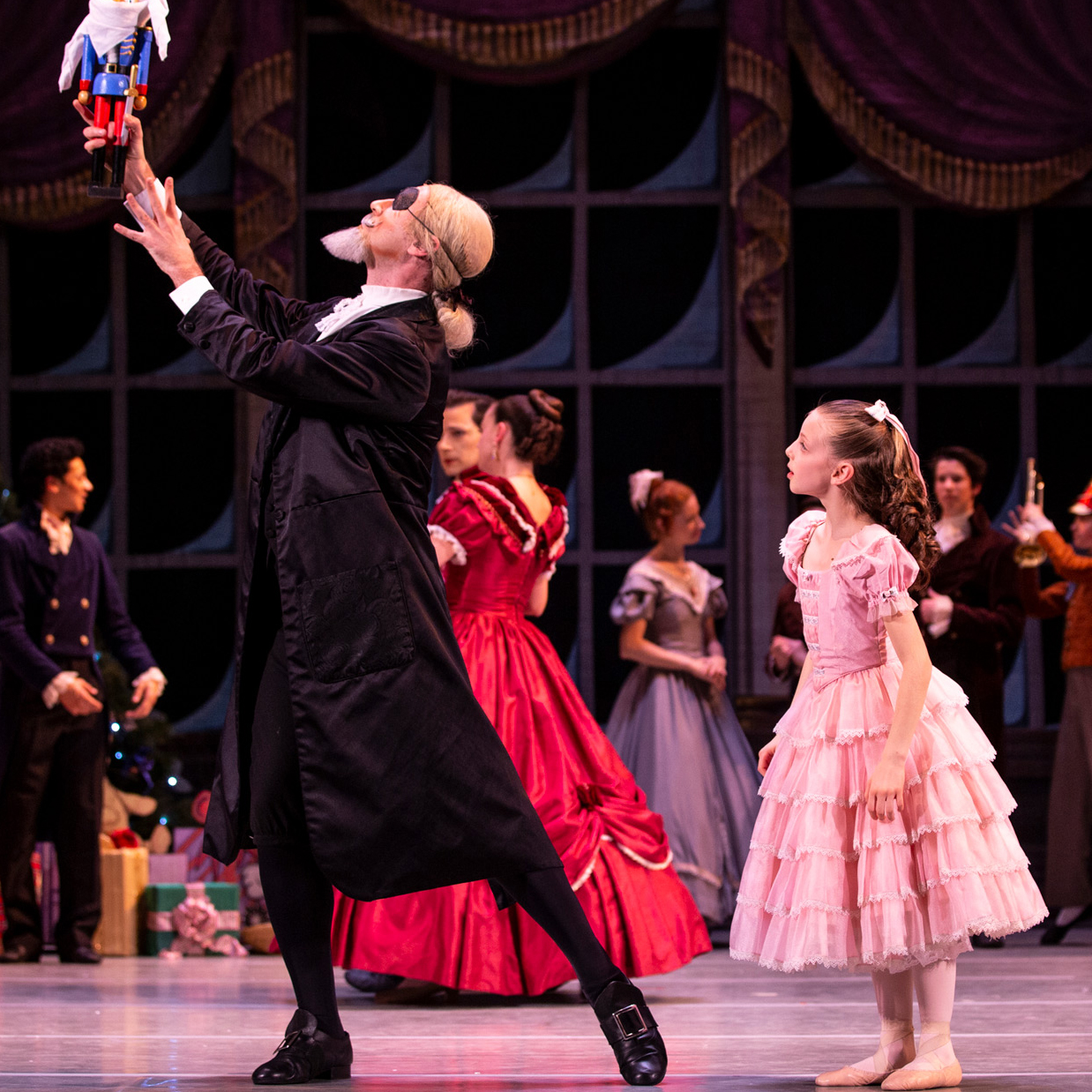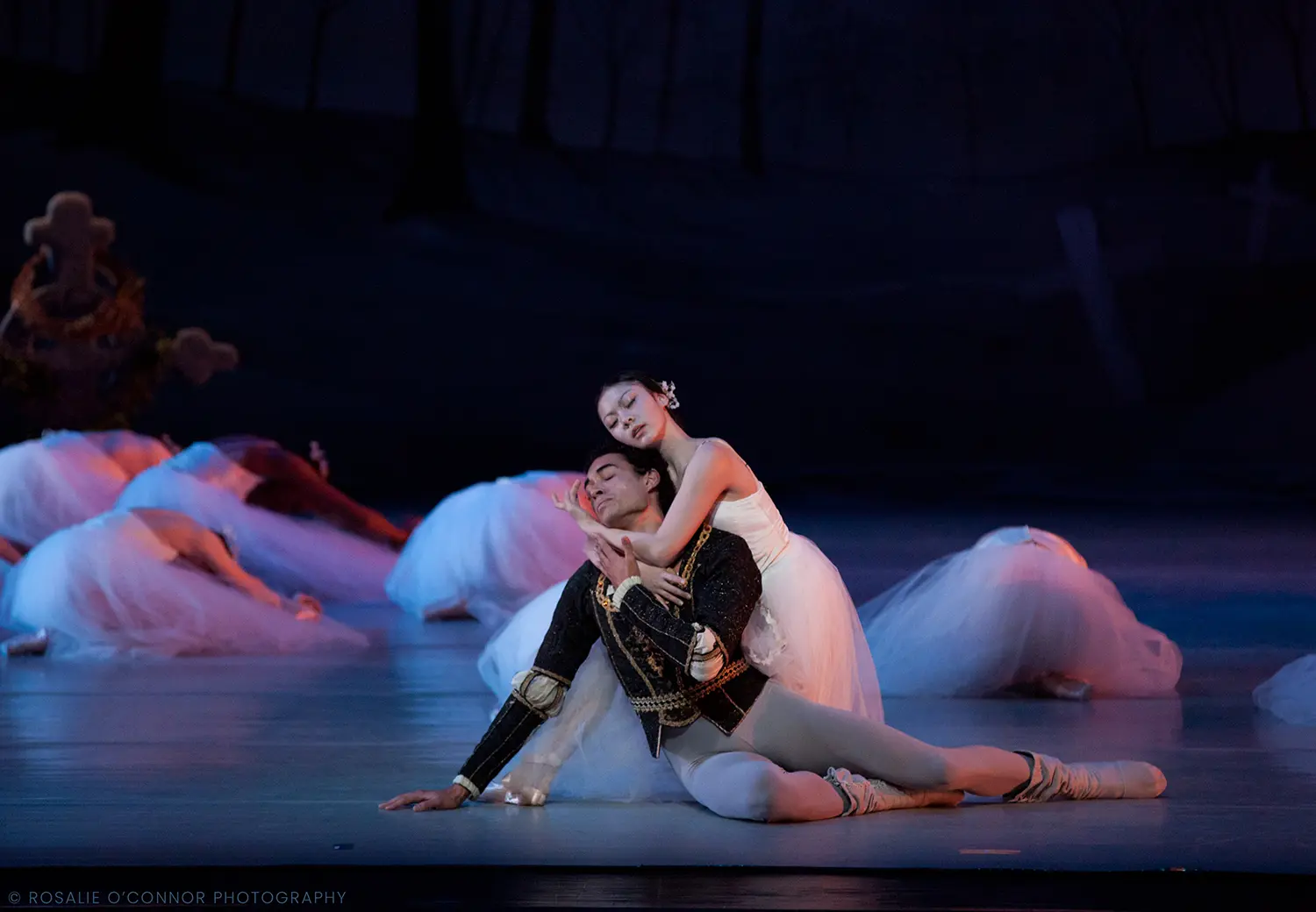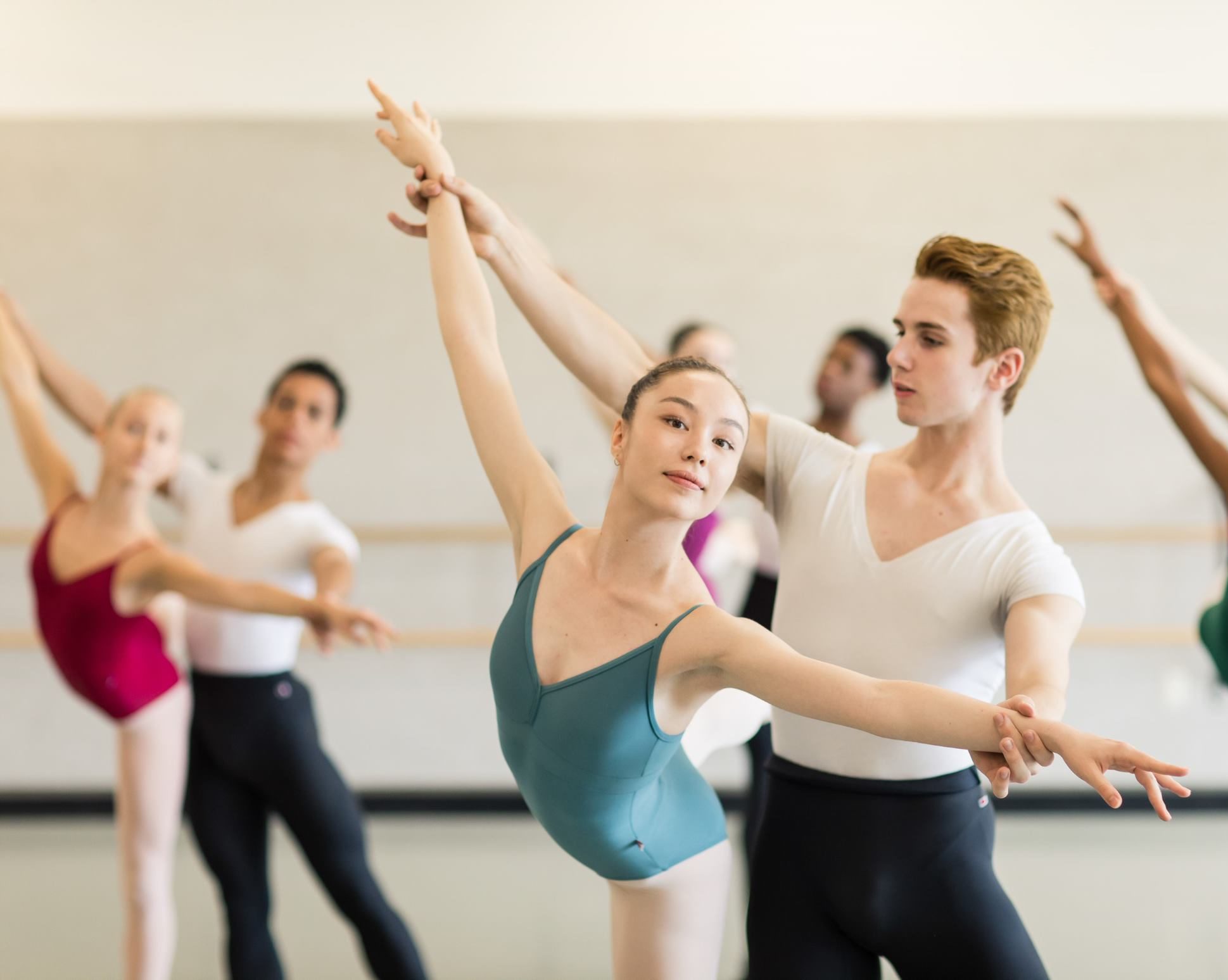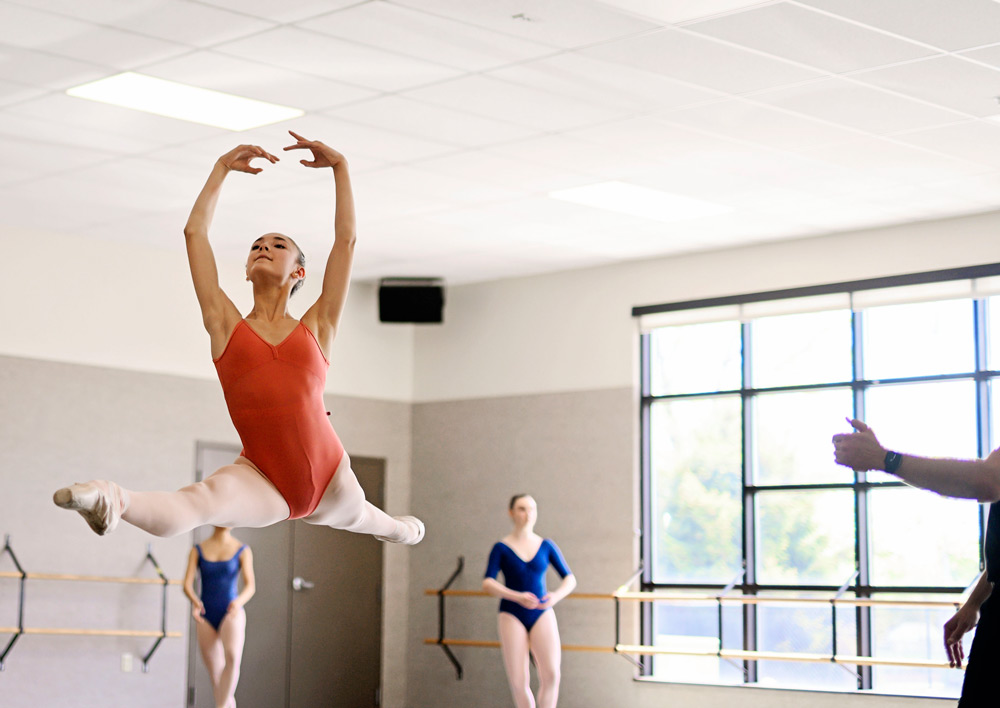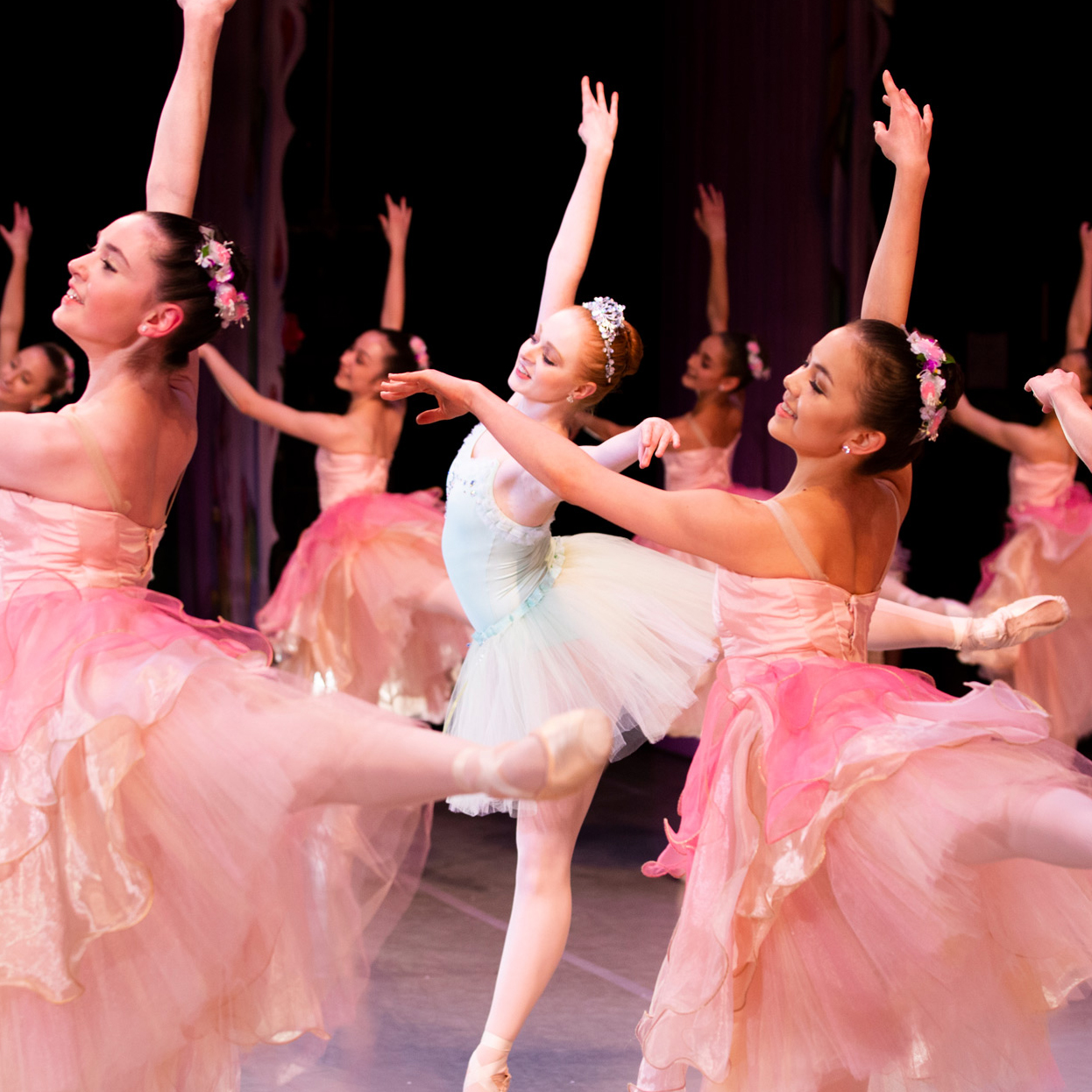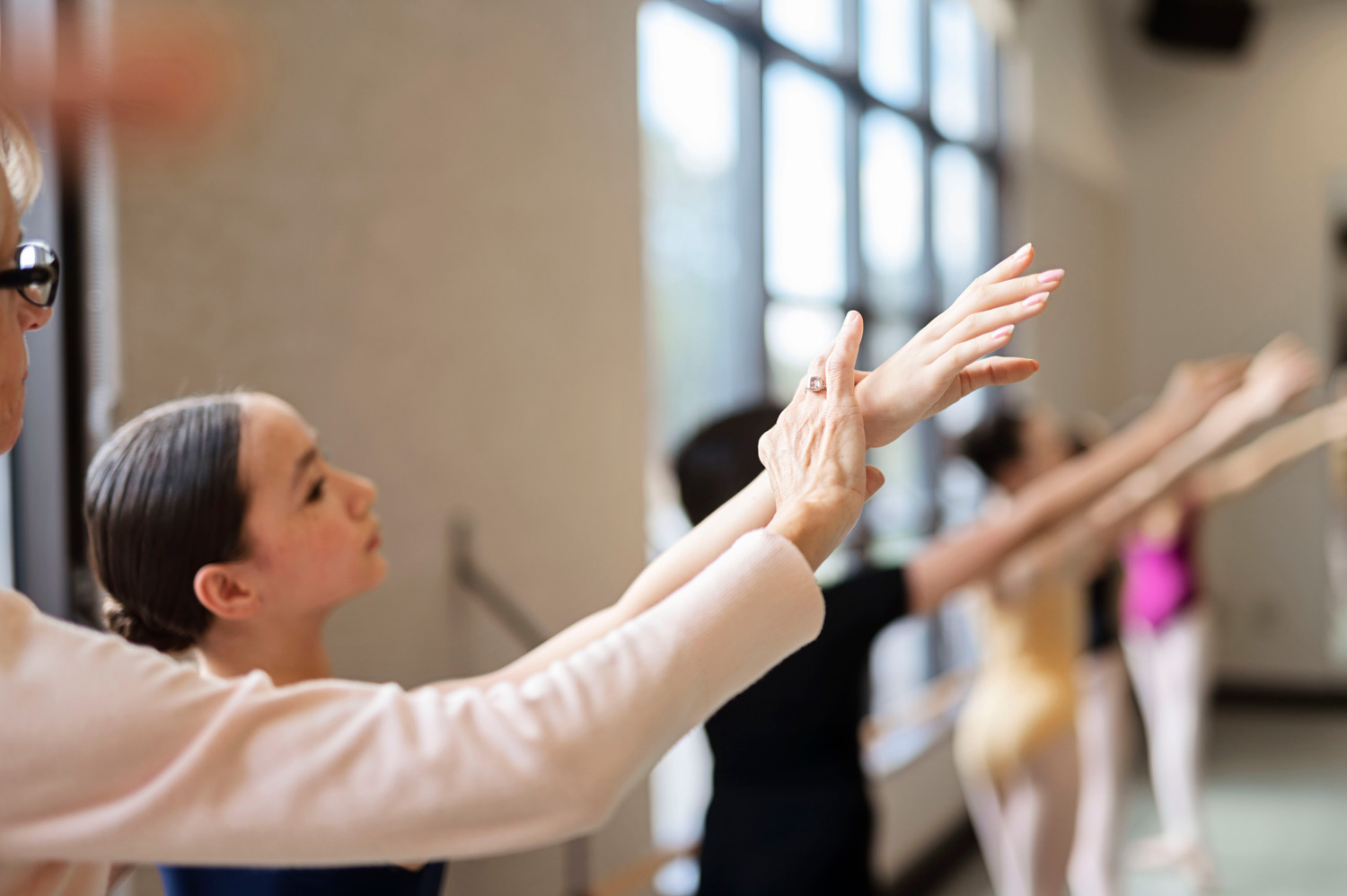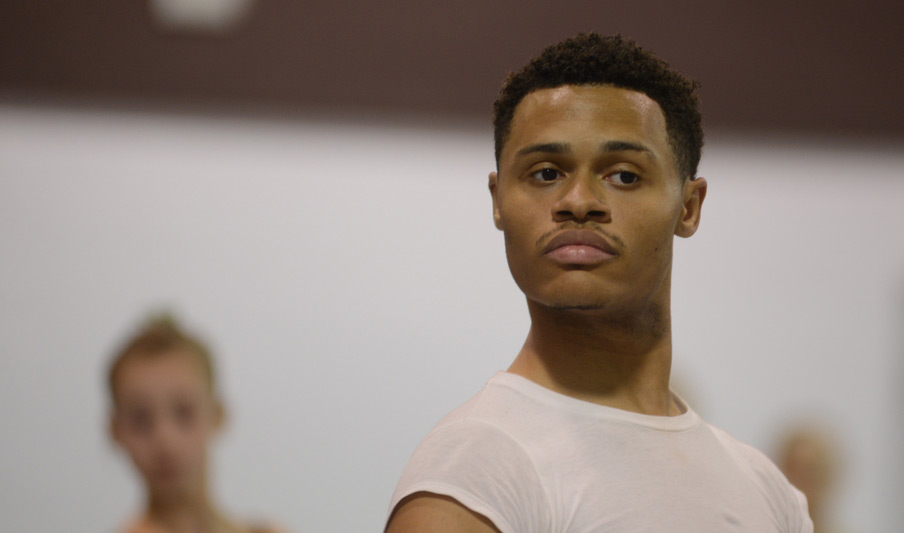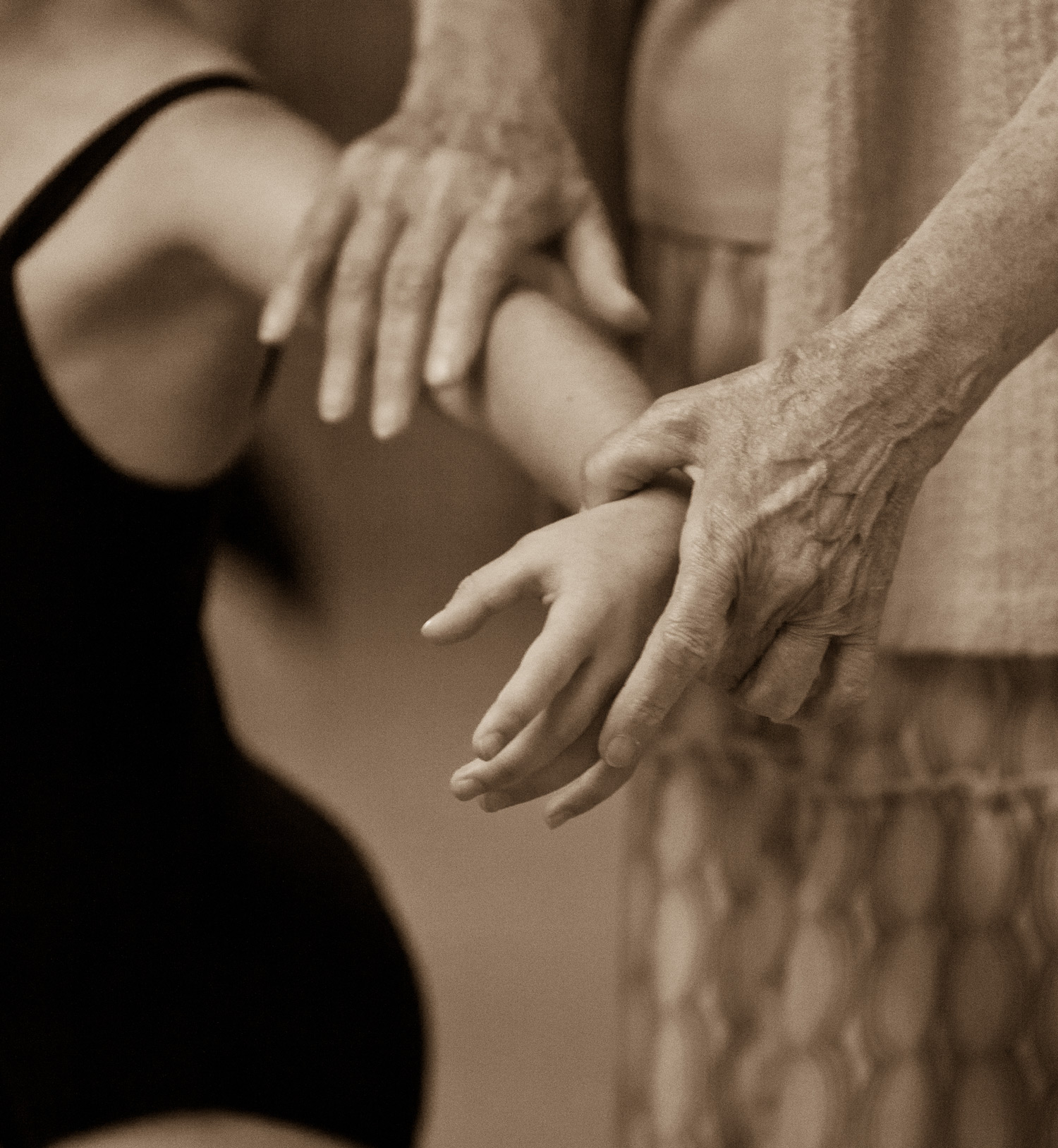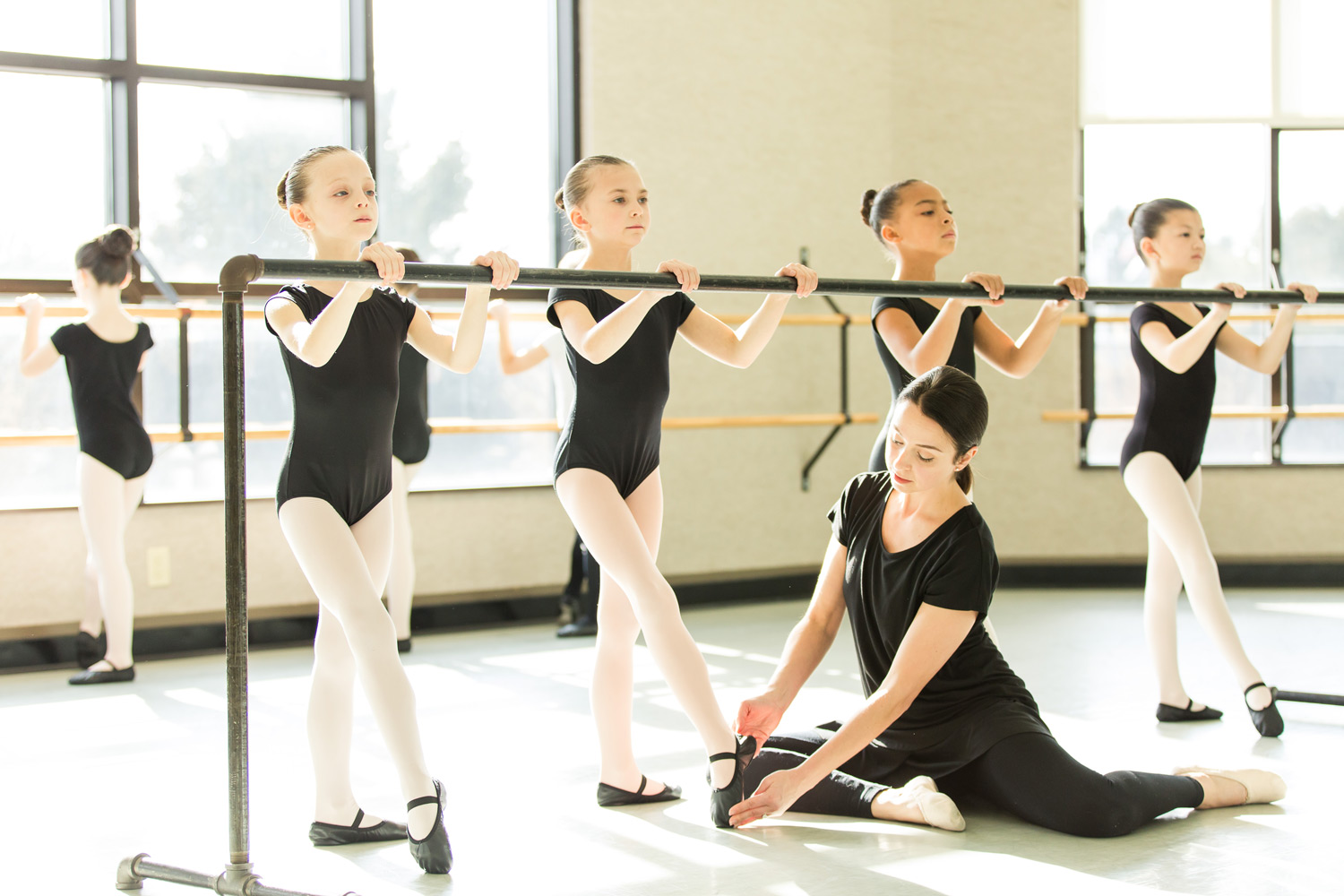If you are just getting started with teaching ballet or if you are working with children for the first time, you may feel uncertain about creating a lesson plan for beginner children’s ballet.
Crafting a beginner ballet class lesson plan can help to streamline the process of developing the entire course for your students from start to finish.
Assess Your Class Needs
Before getting started with your beginner ballet class lesson plan, consider the age range of your students. If they are entering your beginner ballet class, they will all need the same information and instruction, whether they’ve had some previous training or are starting with their first lesson. It will be important for all beginner students to focus on basic exercises and ballet curriculum rather than jumping into phrases and combinations. Children of varying ages may just need different wording, descriptions, visualizations, classroom management tactics based on their developmental needs.
Create the Right Environment
Providing your students with the right environment is essential, especially when you are working with young children or children who are being introduced to ballet for the first time. When you are teaching ballet to children, keep the following tips in mind:
- Space is essential: Always provide adequate space for each child who is enrolled in your ballet class. Ensuring all your students have enough personal space is imperative to minimize distractions and promote focus.
- Mirrors, Aids and Aesthetics: Is your studio or environment appealing and attractive, especially to children and include tools to help them learn? Make sure mirrors are placed where students may see themselves clearly to apply corrections and better understand their posture and alignment. Add tape or other marks to define the space and assign places to the dancers. Create a warm, inviting, professional atmosphere that helps dancers understand the studio is a special place for learning and focusing.
- Multisensory assistance: Implementing multisensory elements into the ballet classroom is also recommended for any dance or ballet teacher, regardless of the age range(s) you are teaching. Including various movements such as hand-clapping or vocal sounds throughout lessons can also help children to remain focused and less likely to get distracted.
- Music: When first introducing new concepts or vocabulary, limit music so the children may focus on your words, descriptions and how to execute the movements. Be thoughtful when selecting and adding music so it is purposeful, well-suited for the exercise and is easy for children to hear and aids in developing their musicality.
Crafting Your Beginner Ballet Class Lesson Plan
Once you have familiarized yourself with your ballet class age range and their needs, you can begin to create a lesson plan that works for them. Maintaining an appropriate student to teacher ratio is essential to classroom management and technical proficiency. If your class is larger, the use of Teaching Assistants is recommended.
Getting Comfortable with the Barre
Going to the barre is a special and exciting step in a young dancers’ training. If you present it that way, they will approach their first day at the barre with appreciation and respect. They may require an introduction to barre expectations and guidelines before they are able to start practicing exercises. Teach them how far to stand from the barre, how to place their hands on it, that their eyes should remain forward and lifted and to never hang or lean on their barre.
Depending on the age of your students, they may require some time to become familiar with the barre before they are able to start practicing standard barre exercises and routines. Set high expectations and standards from the beginning so they know that going to the barre is important.
There are a few benefits to getting comfortable with the barre early on, including:
- Body strength and placement: Using the barre is one of the best tools for improving core strength and balance.
- Body and mind training: The barre is a useful tool for full-body toning and managing the core with low-impact exercise. Understanding the barre and what it is used for is helpful for children while they are learning how to control their impulses, urges, and focus.
- Posture: Combined with some simple breathing exercises, teaching children how to lengthen their spine and begin practicing good posture is an excellent early step.
- Executing ballet vocabulary correctly: Using the ballet barre helps the students balance while they are learning the important foundation of classical ballet training. Placing their feet and legs in correct positions and accessing the right muscles while learning proper alignment by standing tall are essential as they begin practicing steps.
Introducing Basic Exercises
Once the students in your ballet class are familiar with the basics of the barre, you can then begin to introduce them to simple exercises while at the barre, such as:
- Positions of the feet and legs: Placing their feet and legs in correct positions is a great way to start. Begin with 1st and 2nd positions.
- Using their muscles: Accessing the right muscles needed for each step while developing proper alignment is essential as they begin practicing steps. Guide their feet and legs as they practice. Remind them regularly to stand tall and straight.
- Pliés: Pilés provide stretching and strengthening for the muscles. Teach your students that the legs are the only part of their body that bends. The back stays tall and straight. Provide timing for the pilés that encourages a soft, fluid movement and develops a deep bend.
- Battement Tendu: A battement tendu refers to the ballet exercise in which a student works to open and close the leg and point the foot to tone and build leg muscle. Teach your students proper foot and ankle alignment in all directions. Guide their feet so they are accessing the intended muscles throughout the tendu
- Relevé: Once the children are familiar and comfortable with pilés exercises, relevé exercises follow. Relevé involves standing on the balls of the feet after achieving the pliés position. Use a visual that helps the dancers keep their toes placed on the floor in the desired position, while they lift their heels off the floor with stiff, stretched legs.
- Sauté: Sauté means to JUMP! Student love to fly in the air and incorporate the elements learned from plié and relevé. It also develops muscular strength and stamina.
- Rond de Jambe: The Rond de Jambe exercise helps to increase hip flexibility with a semi-circular motion of the foot while on the ground. This exercise is also ideal for balance-building.
Introducing the basics to children is the best way to create lesson plans for beginner ballet. Once your children are comfortable with basic movements, the barre, and their learning environment, the possibilities truly become endless. What is most important to incorporate into beginner ballet classes of course, fun, excitement and inspiration! Good luck with your beginners and please share any suggestions you have for beginner ballet classes in the comments.

